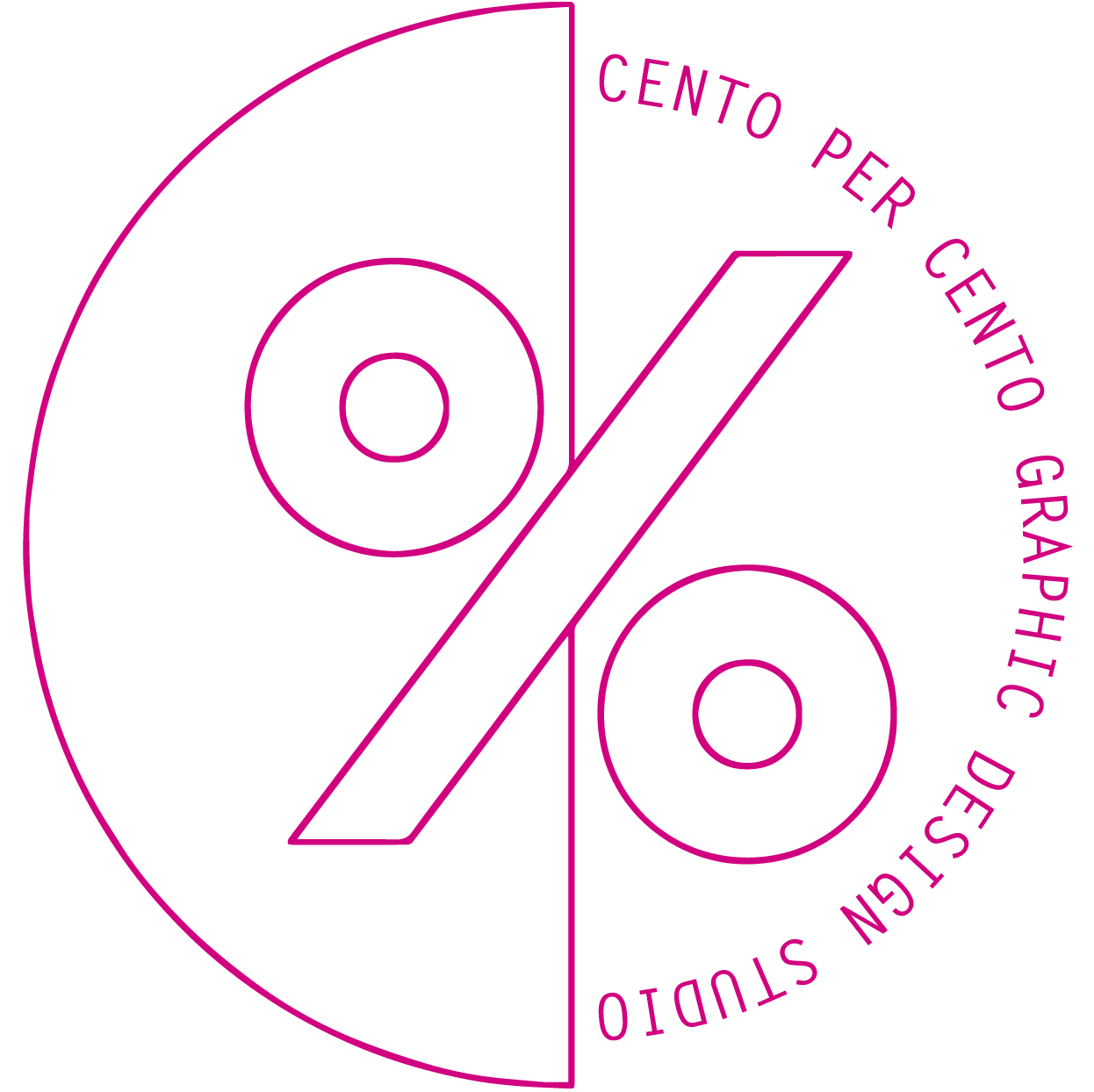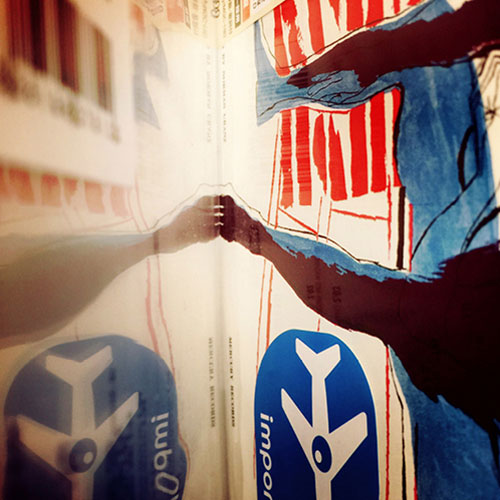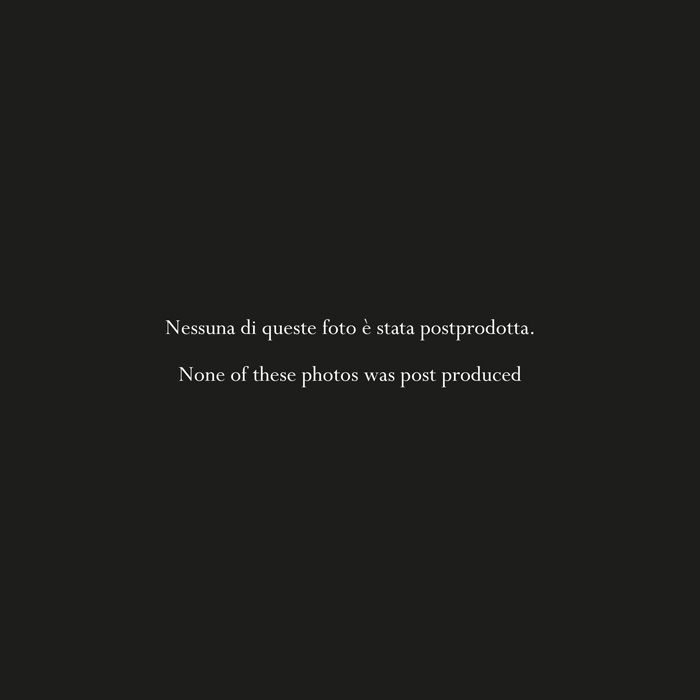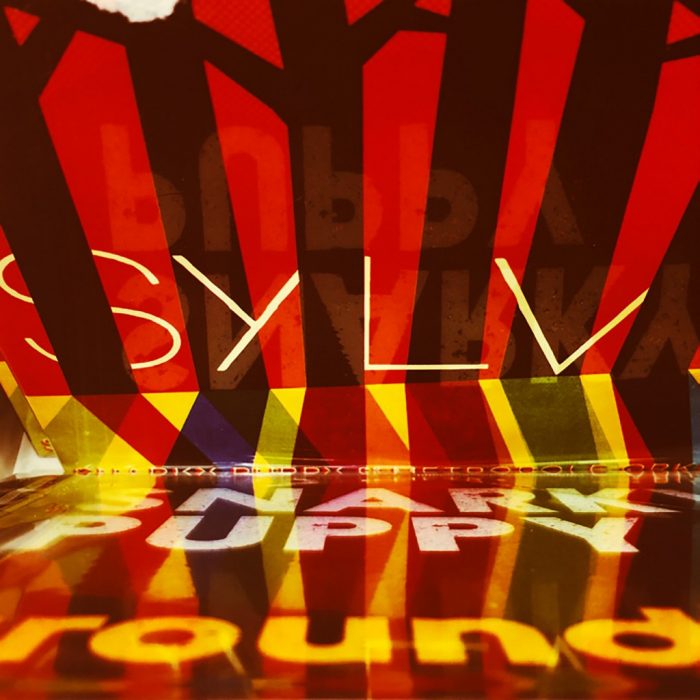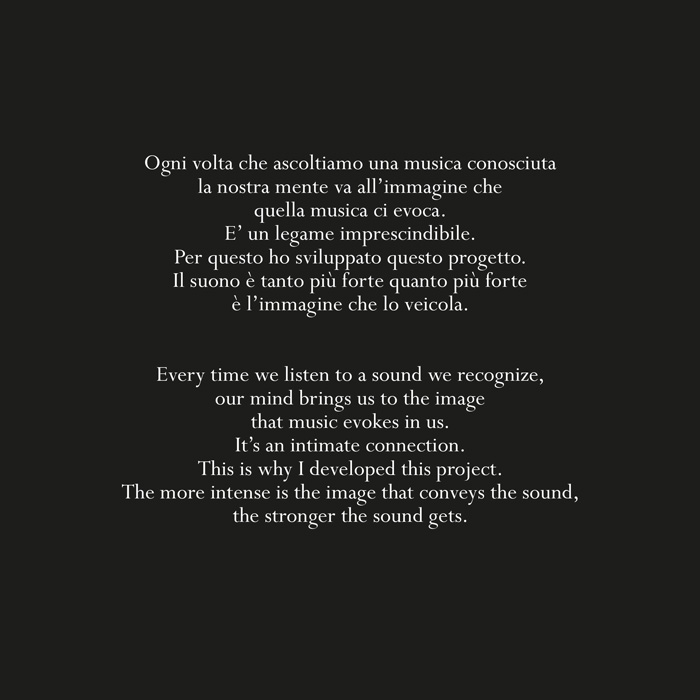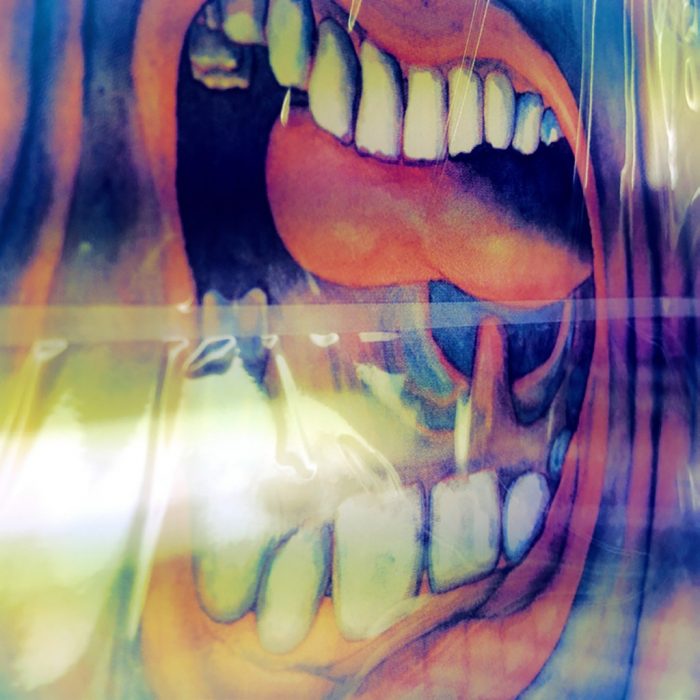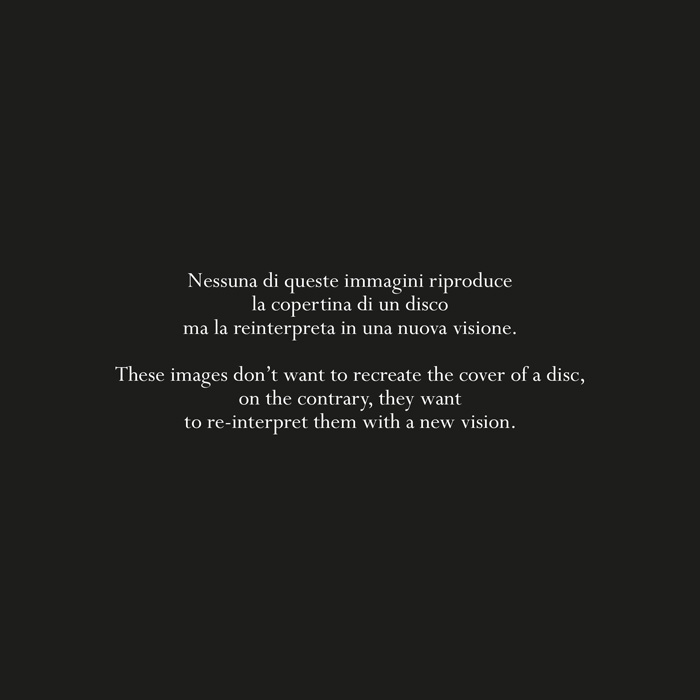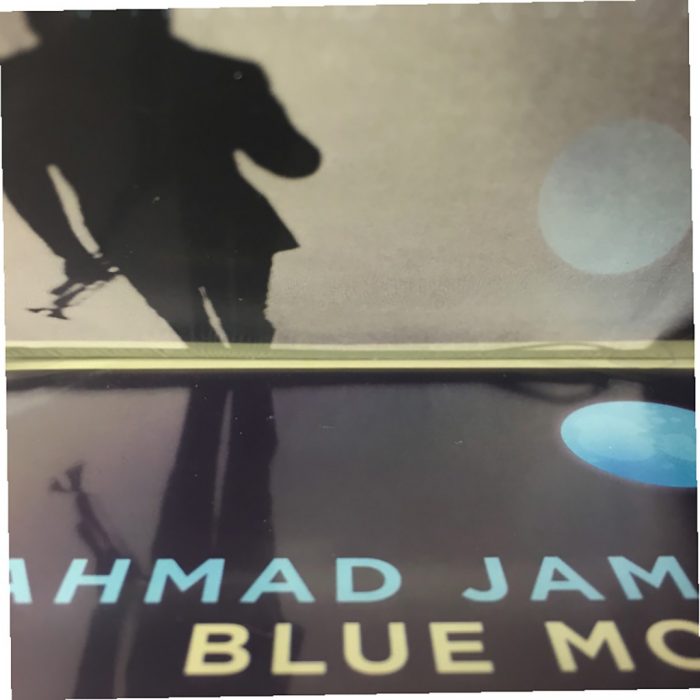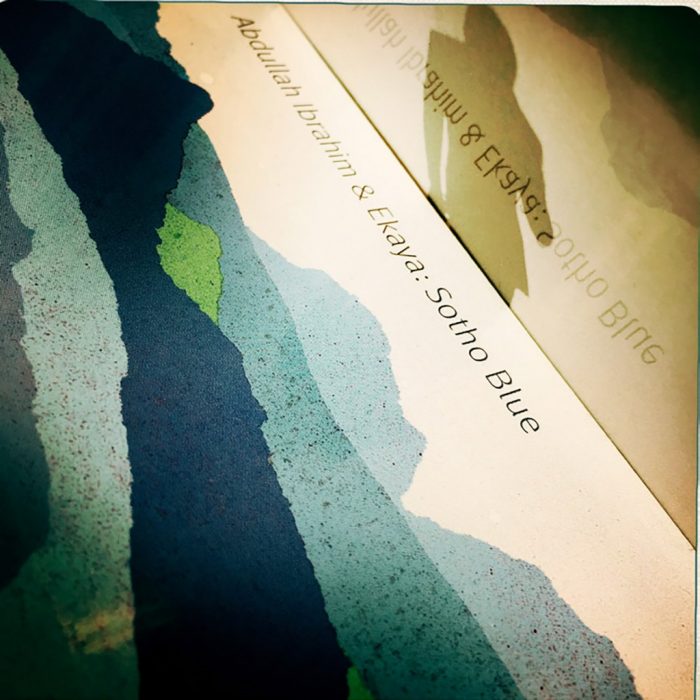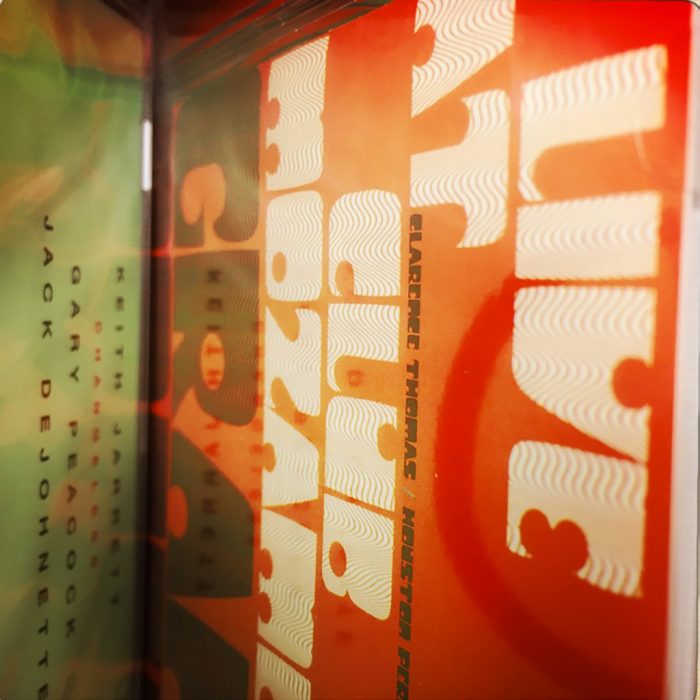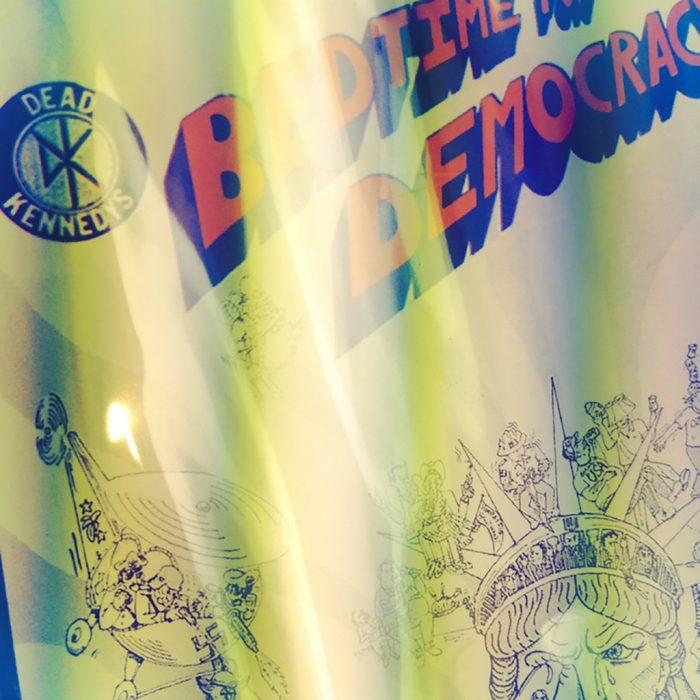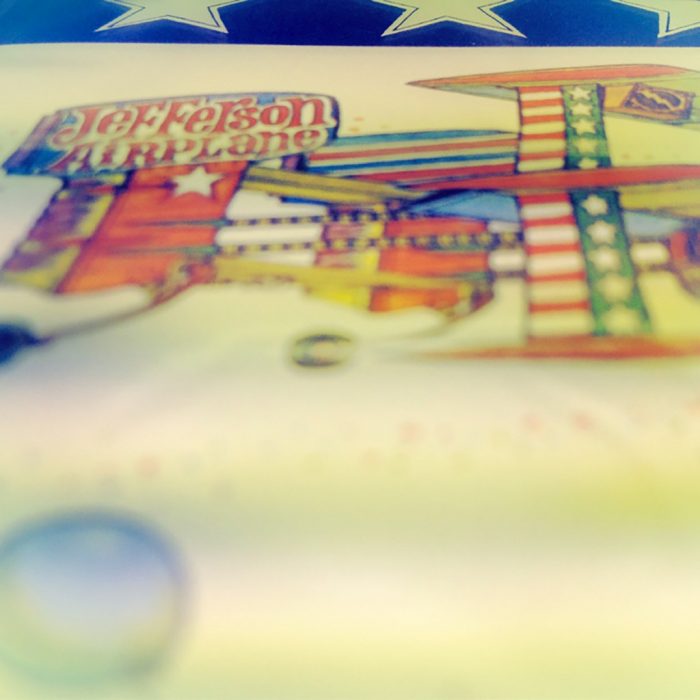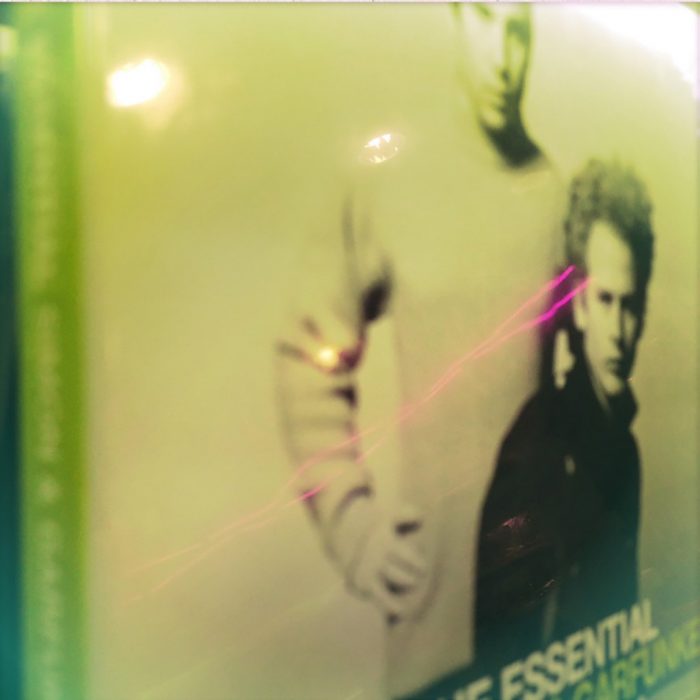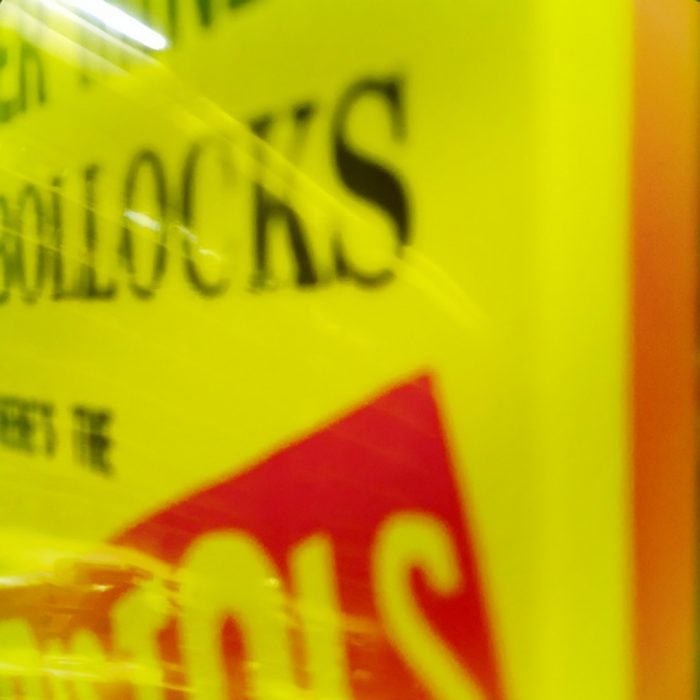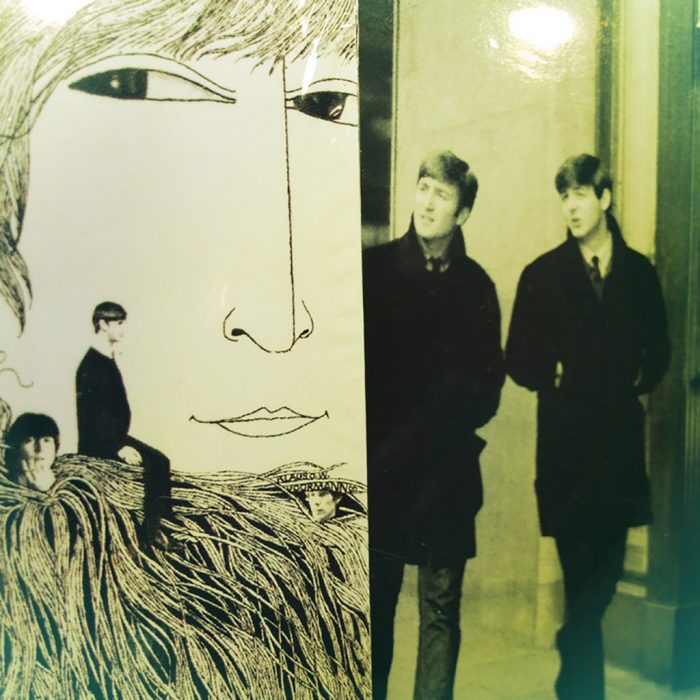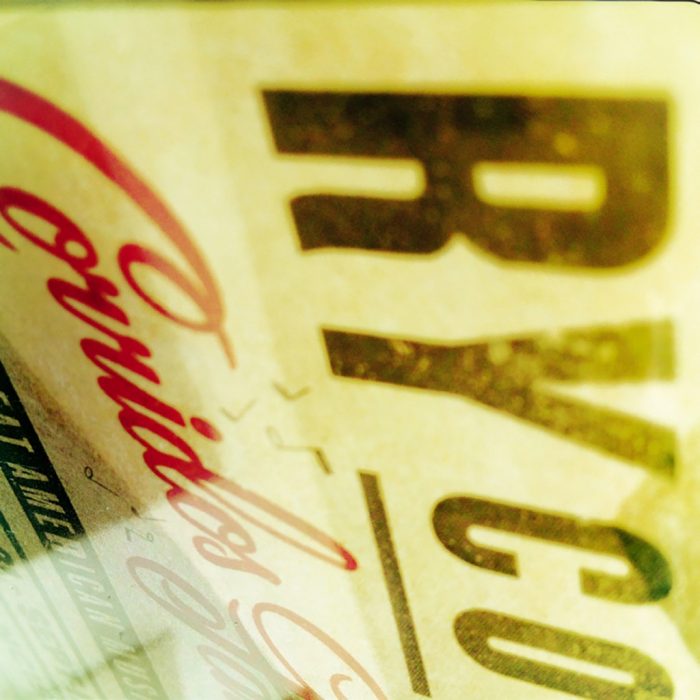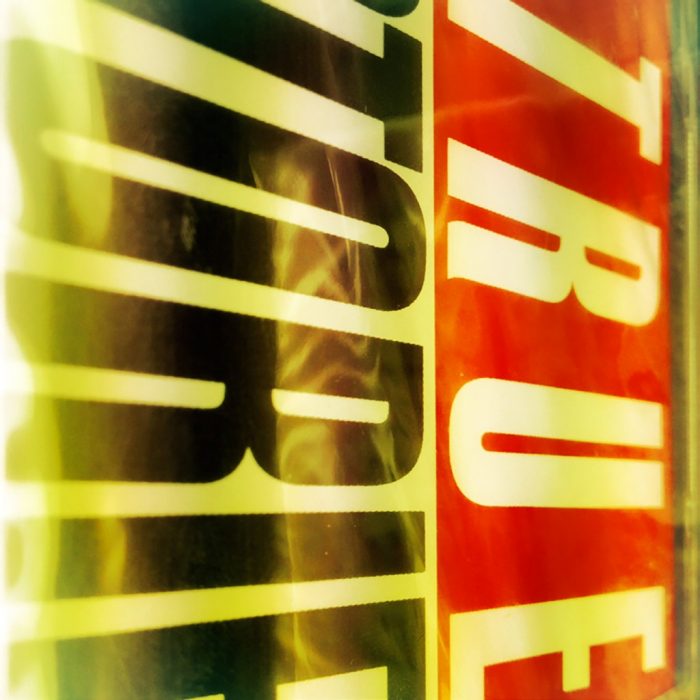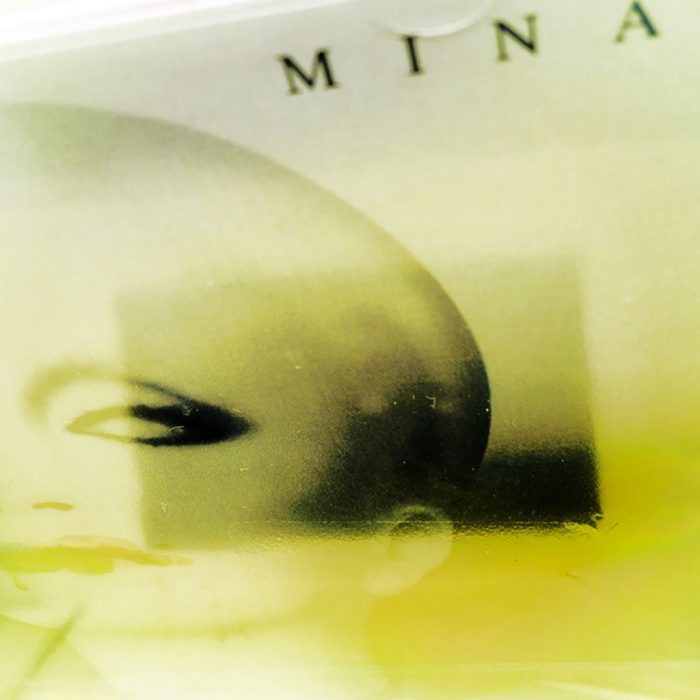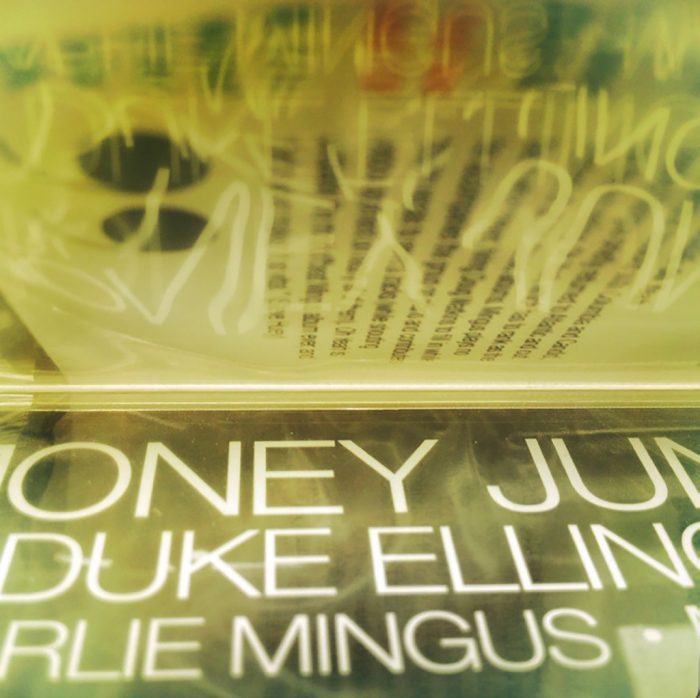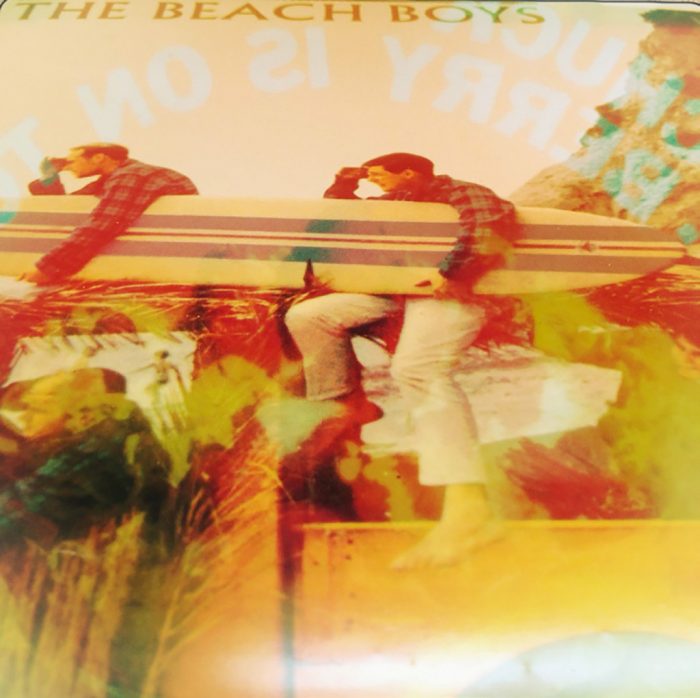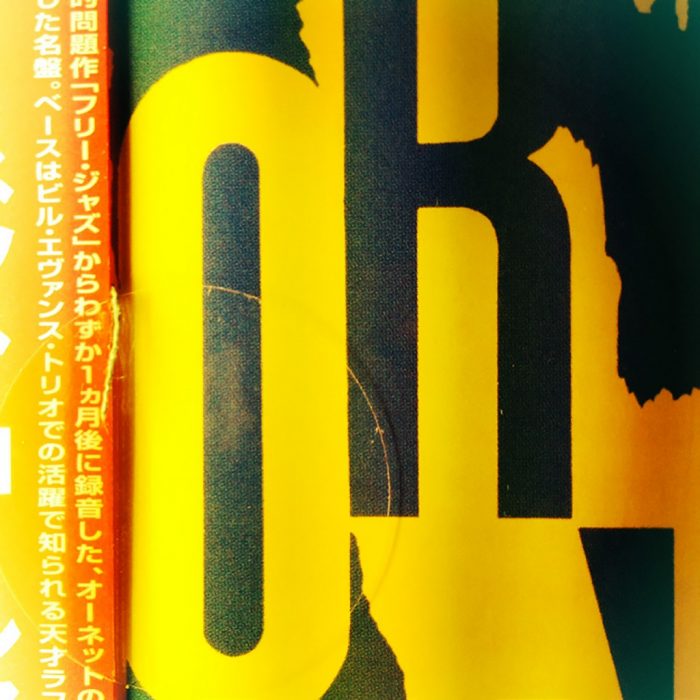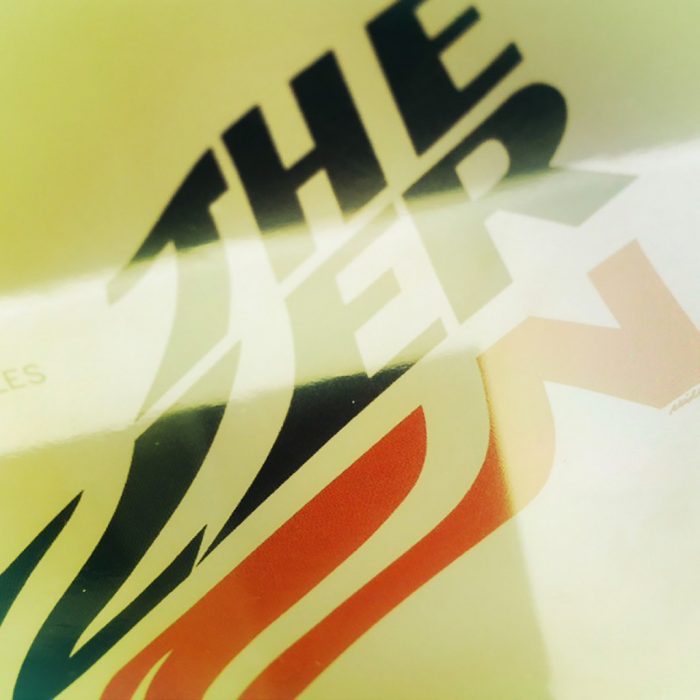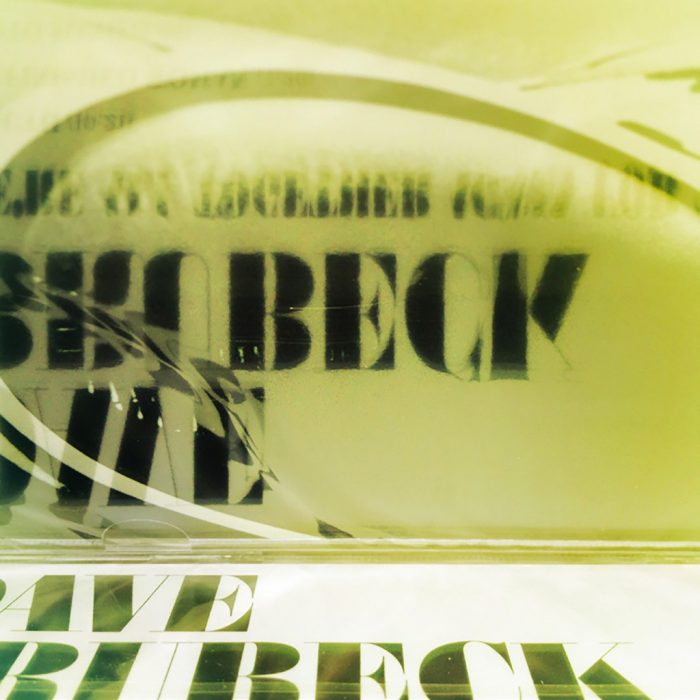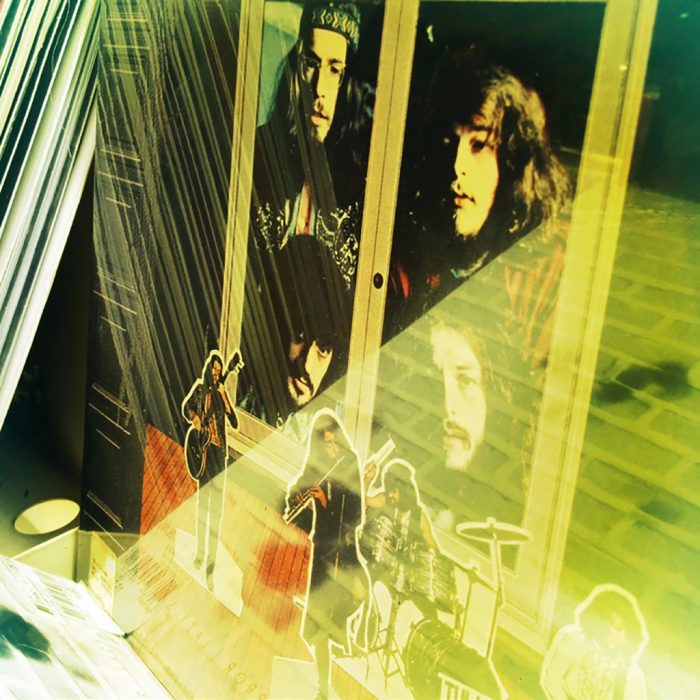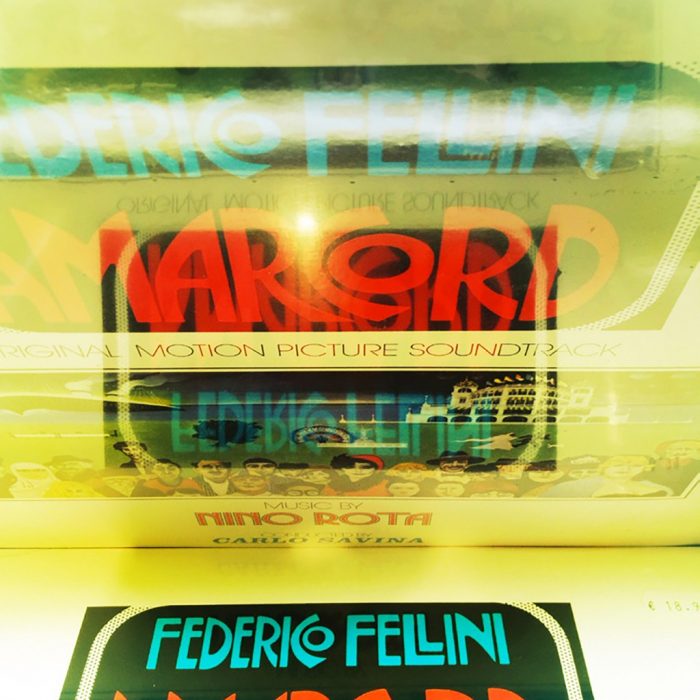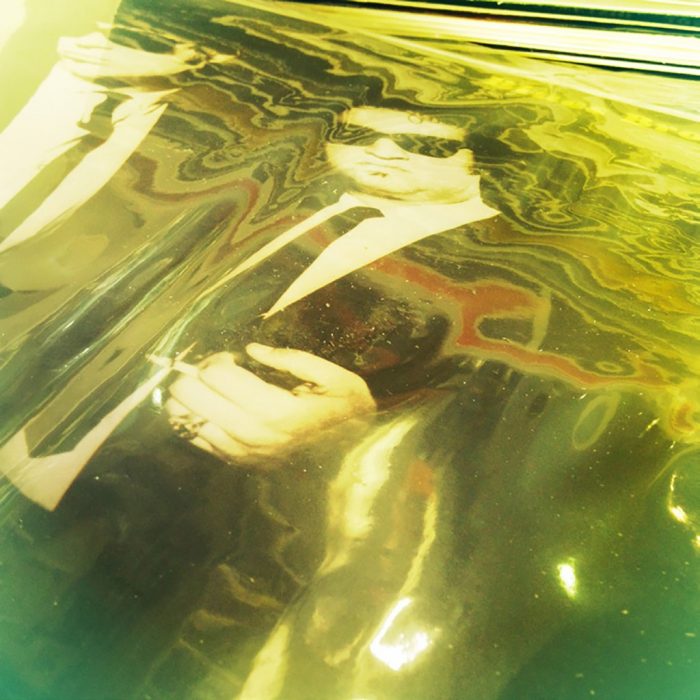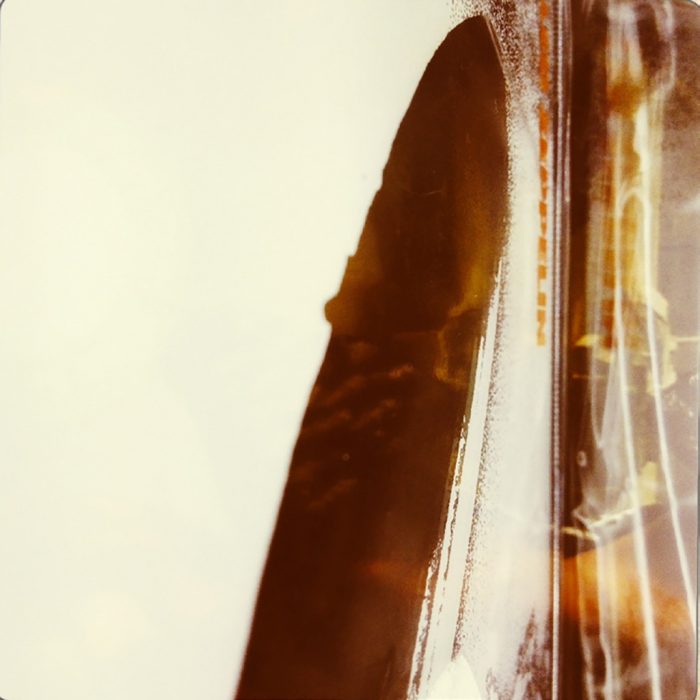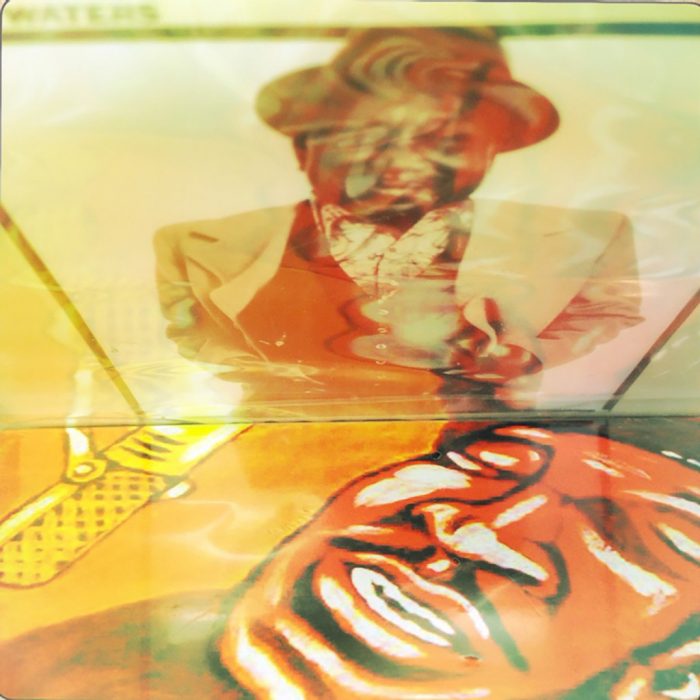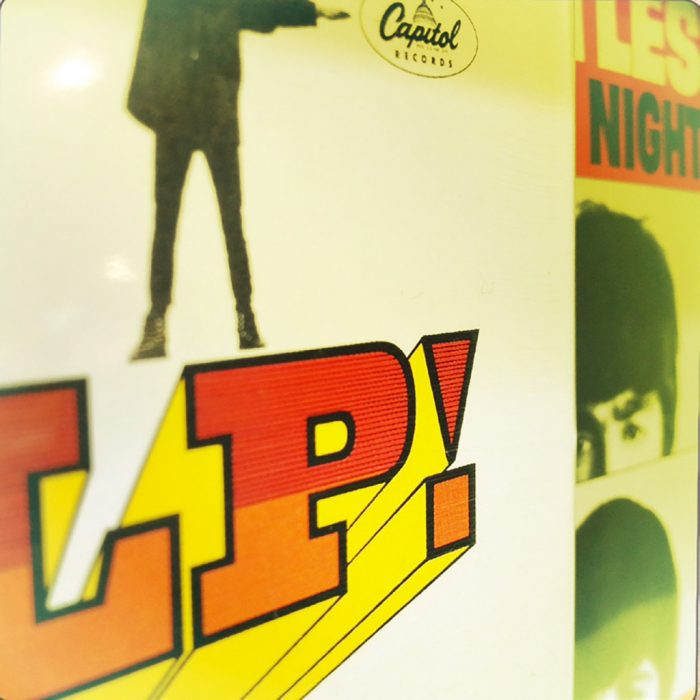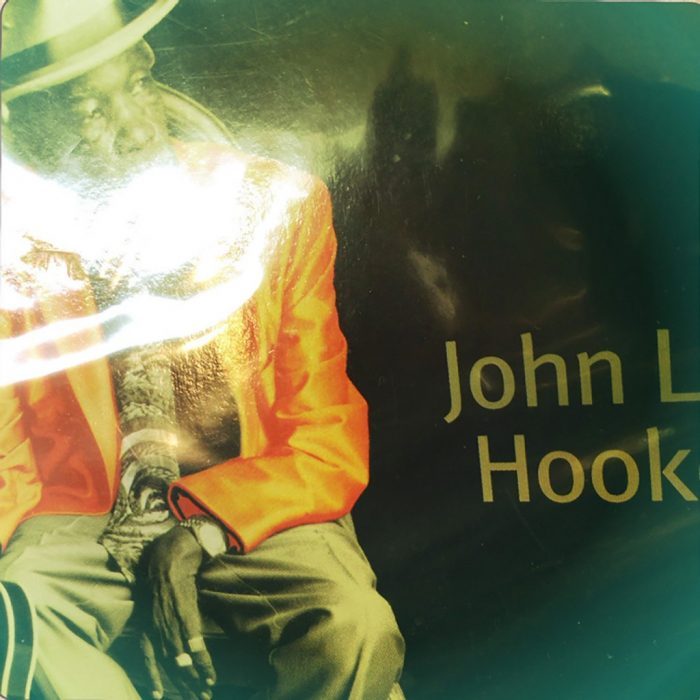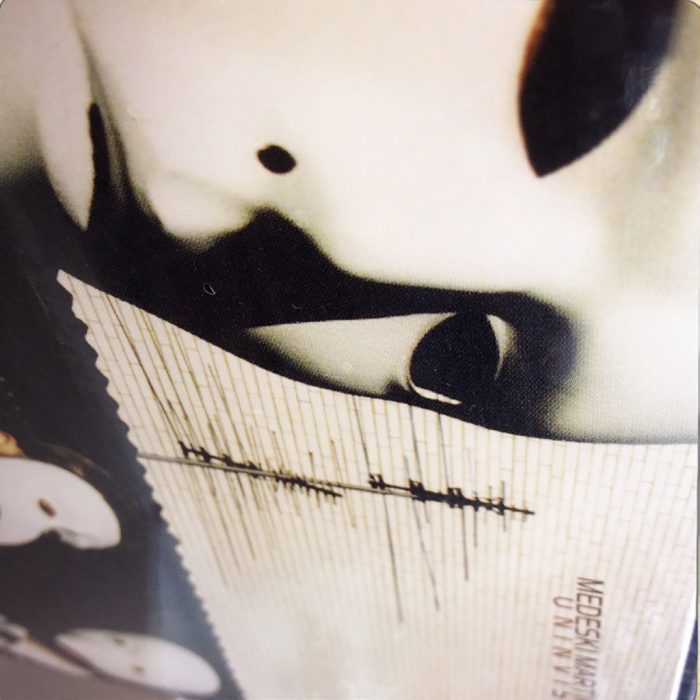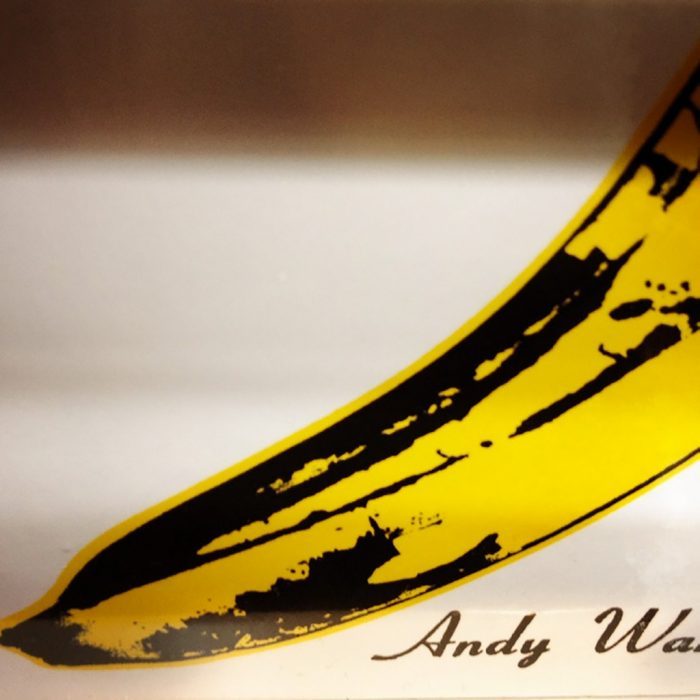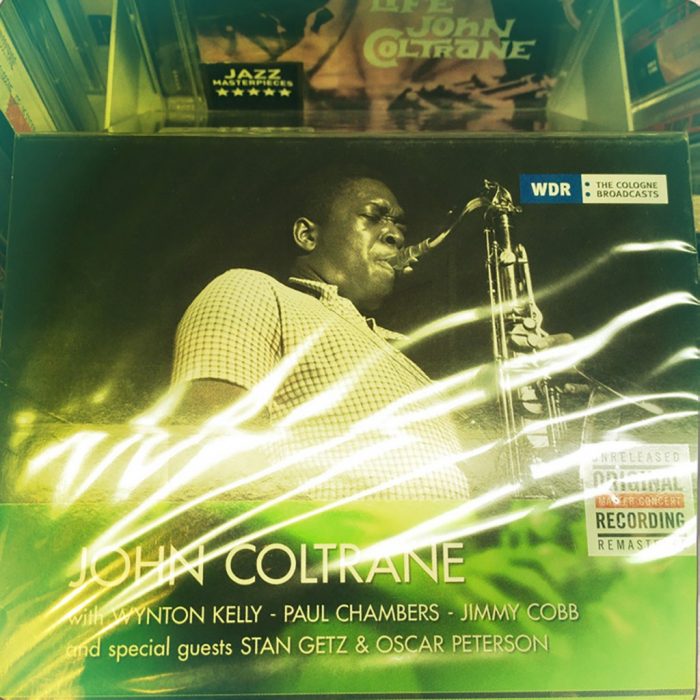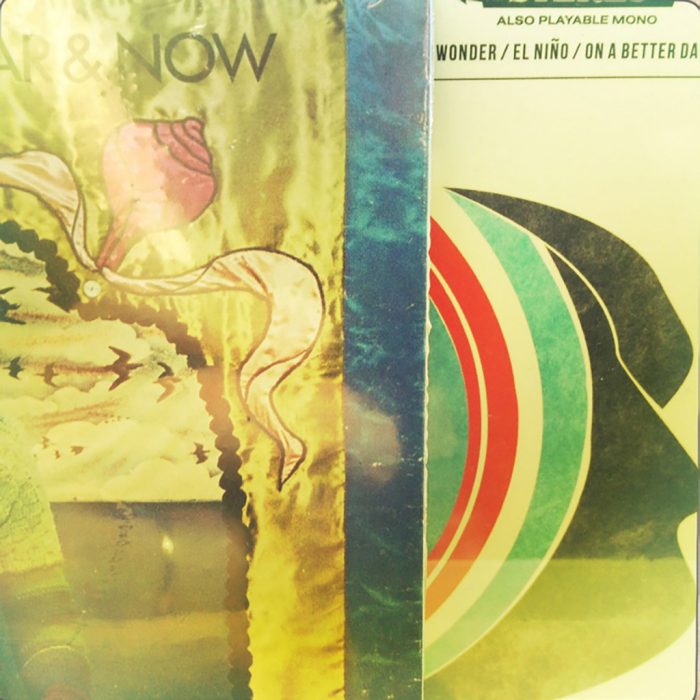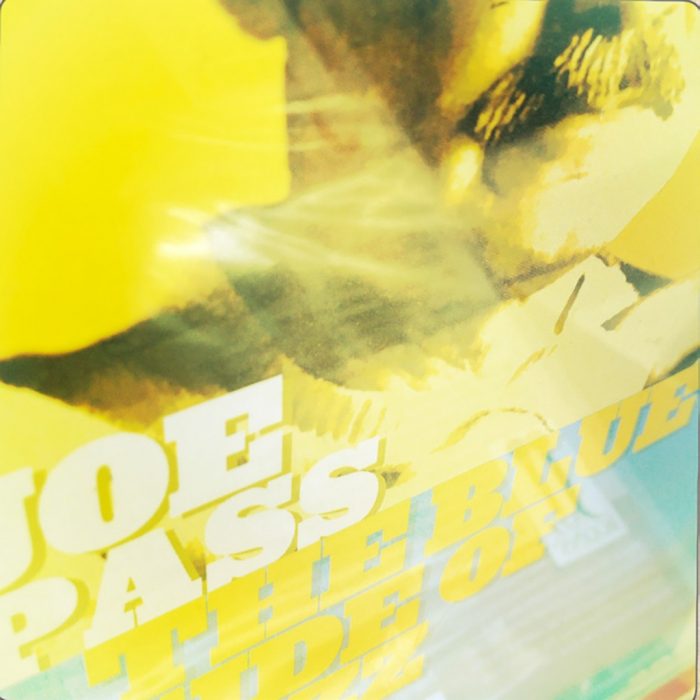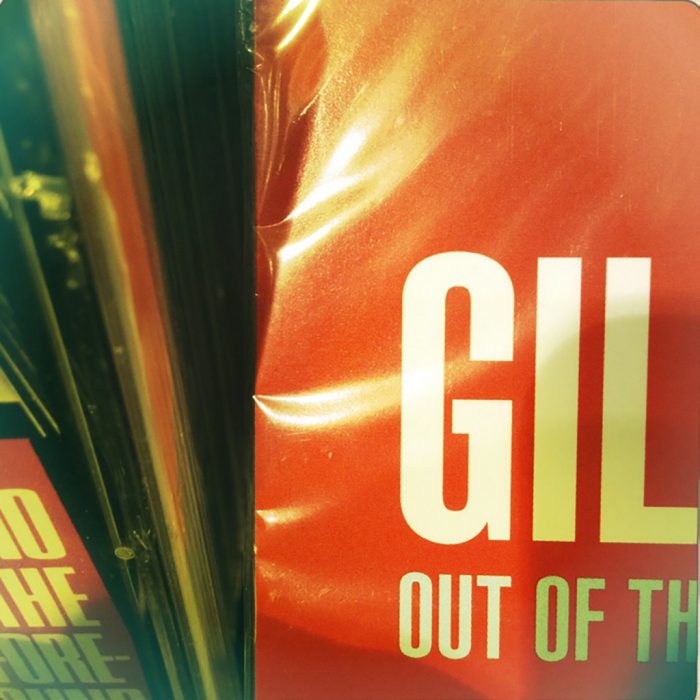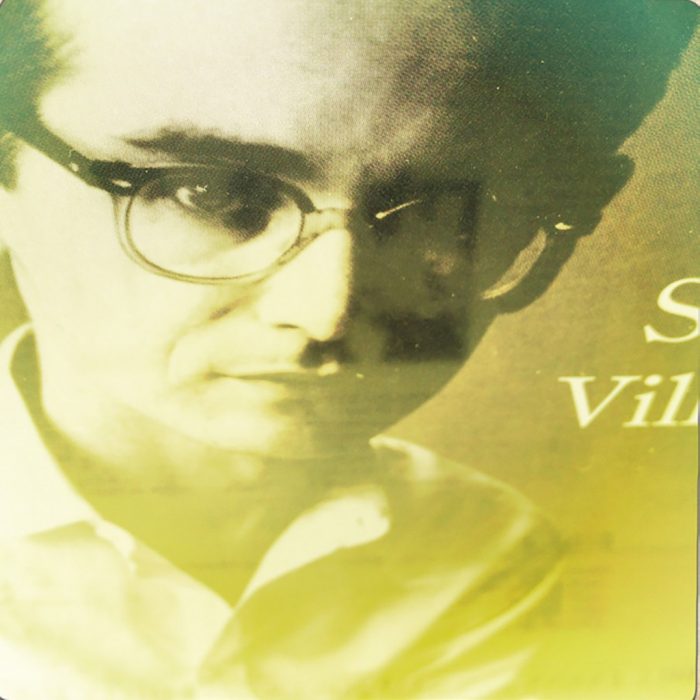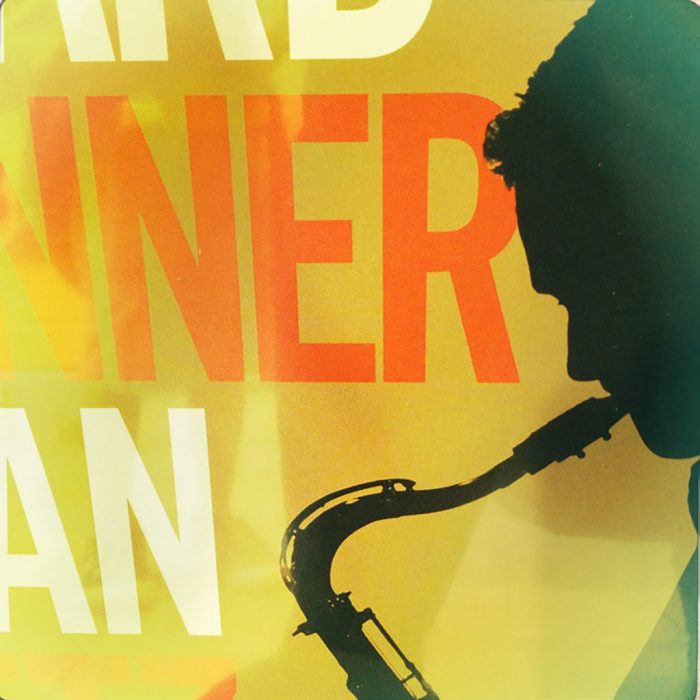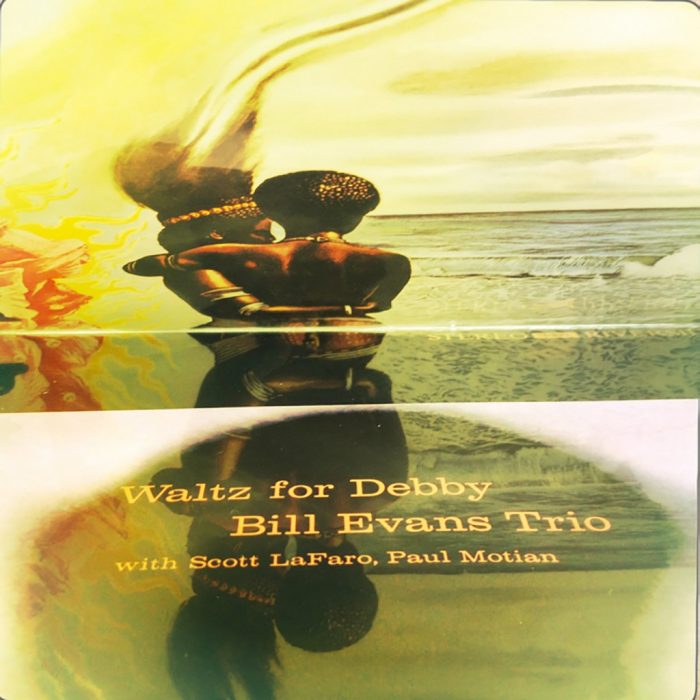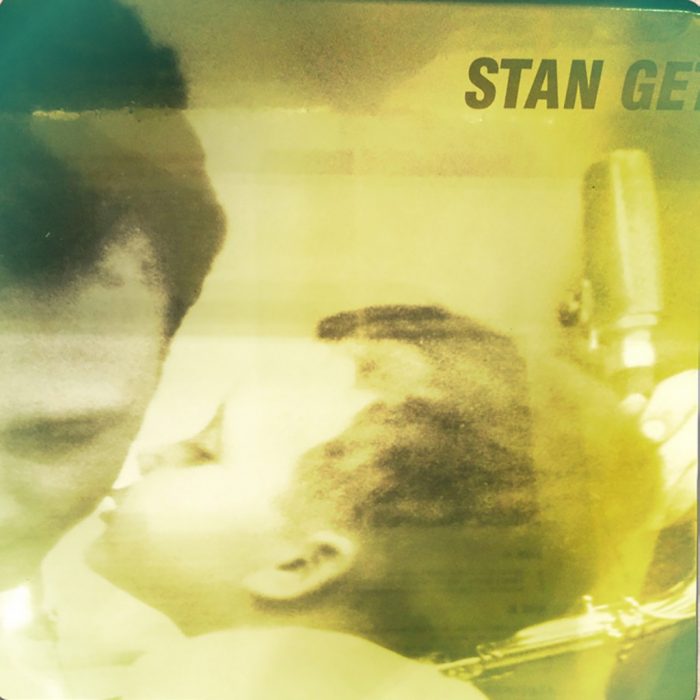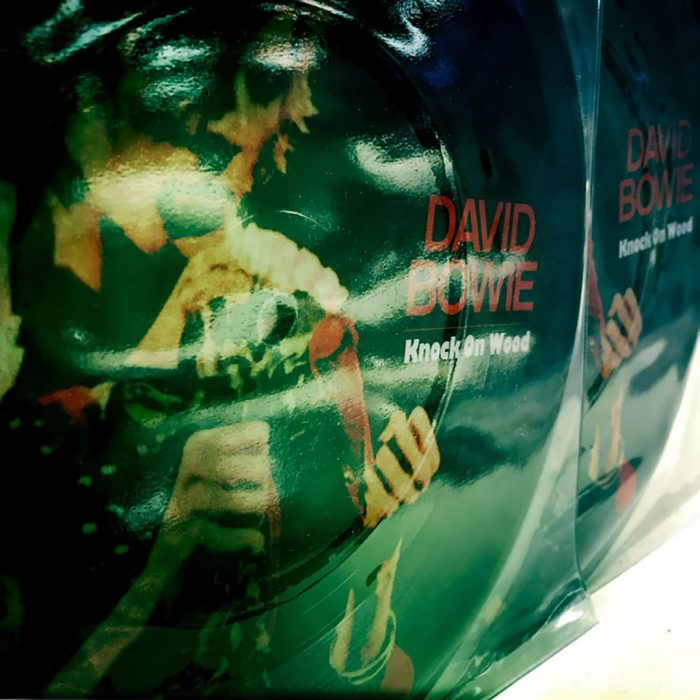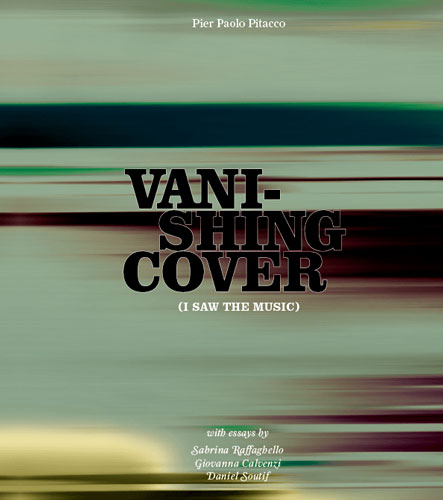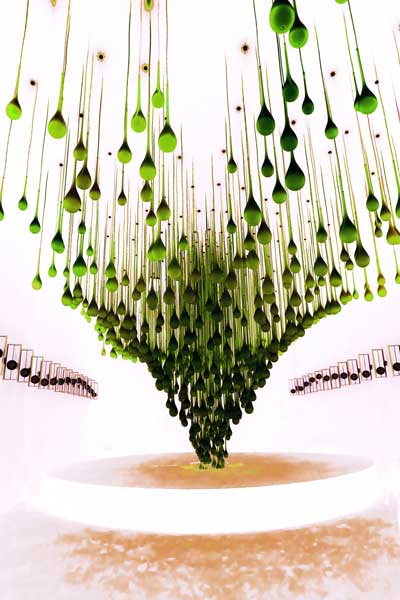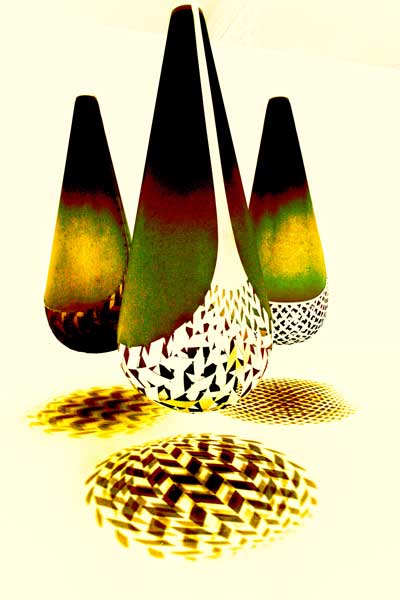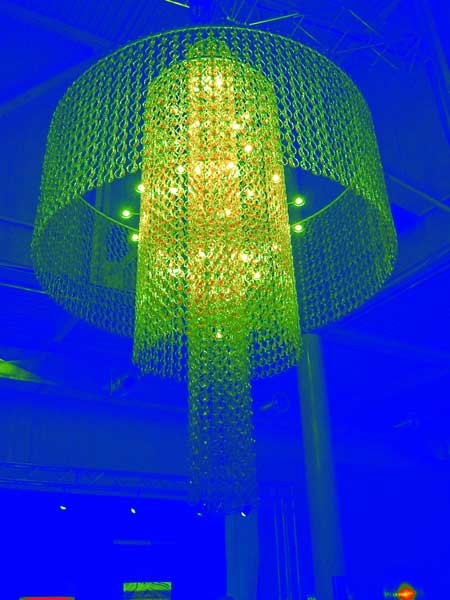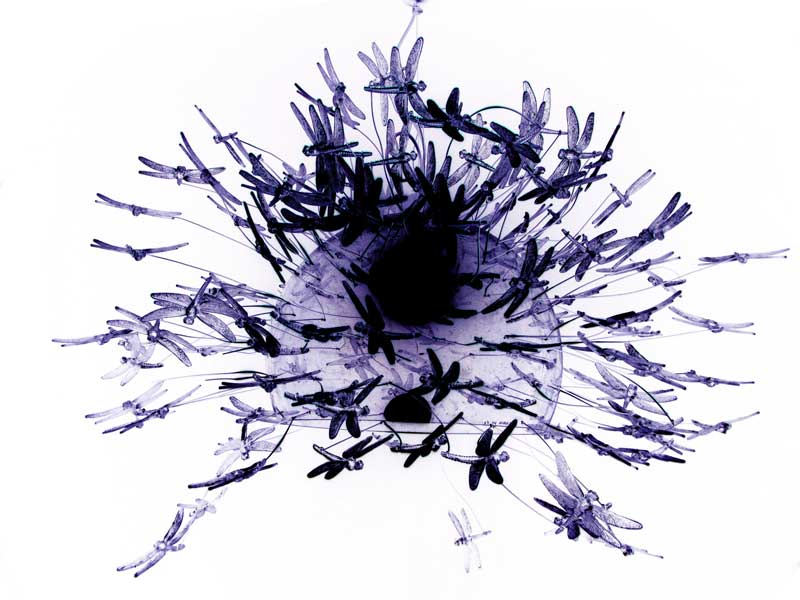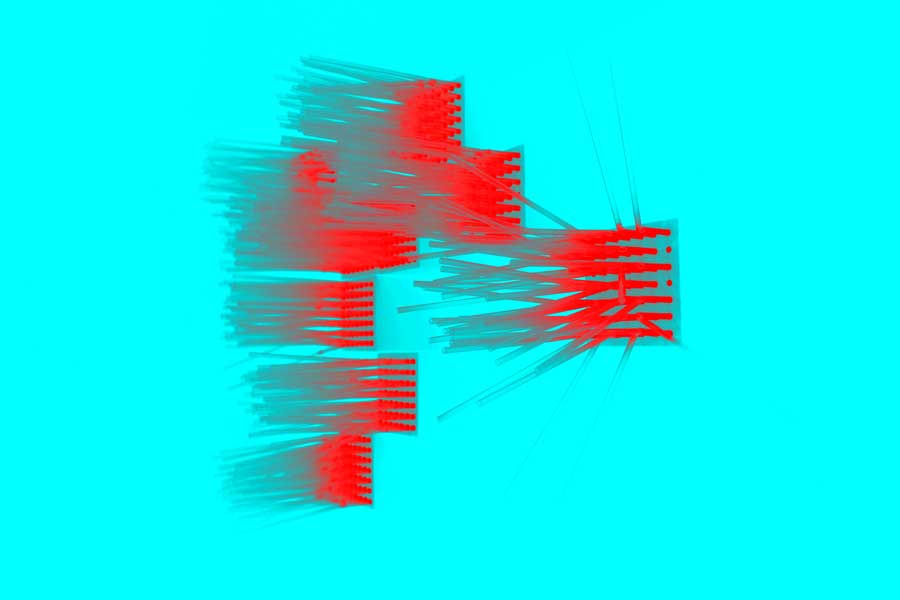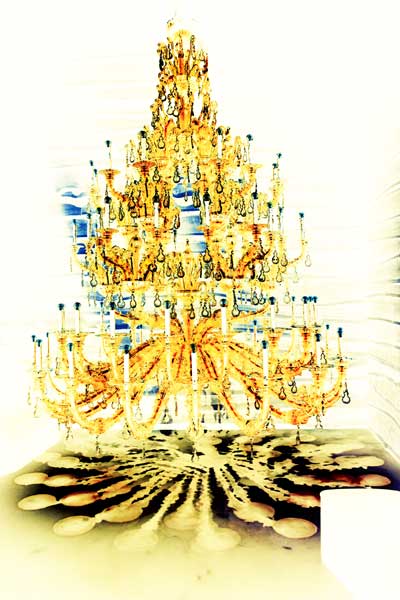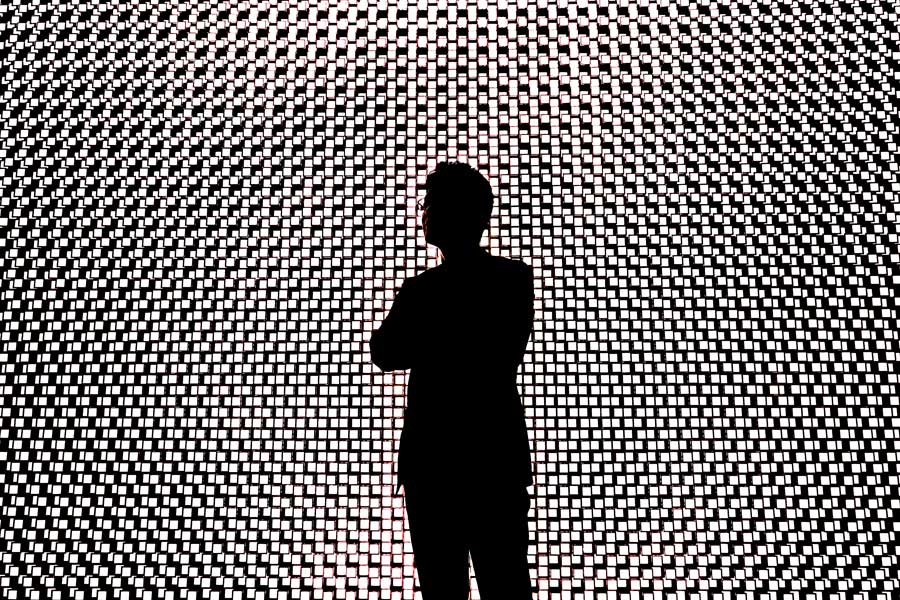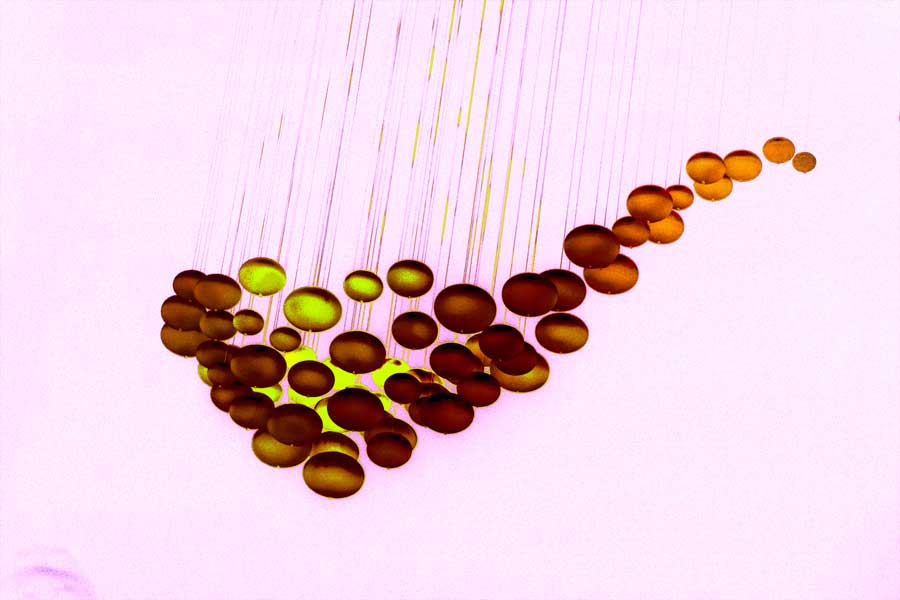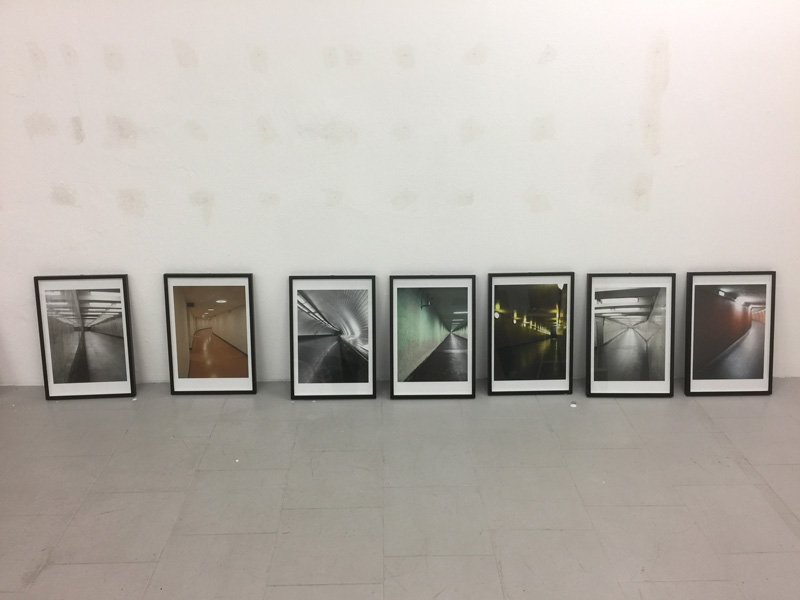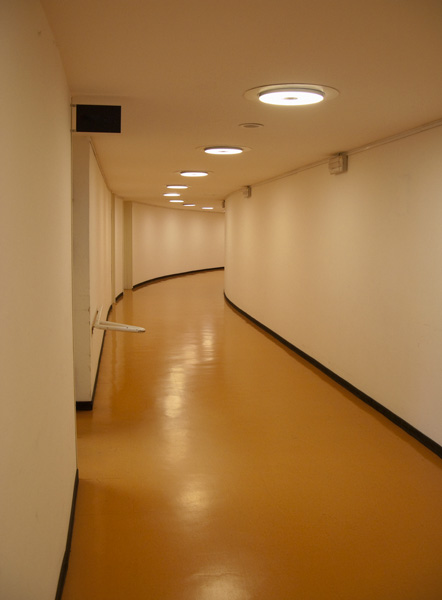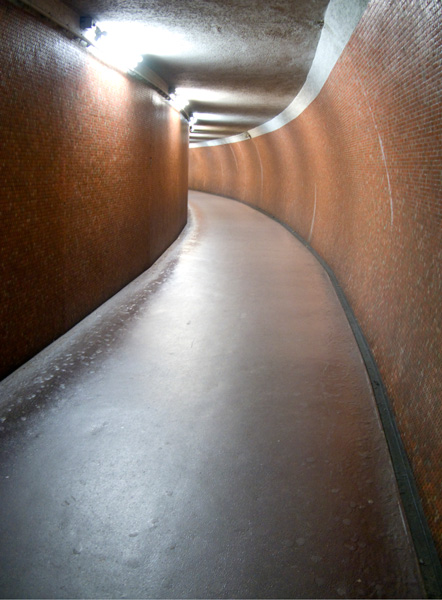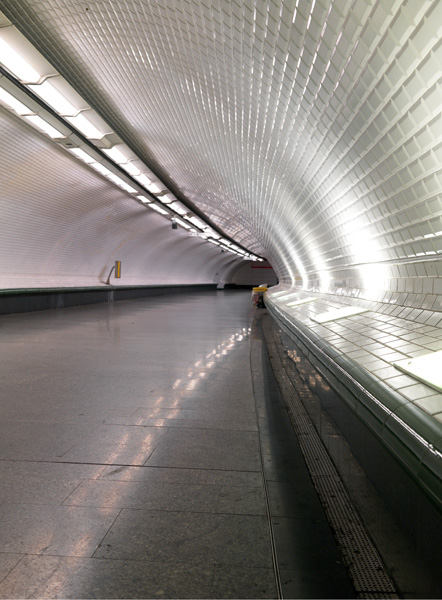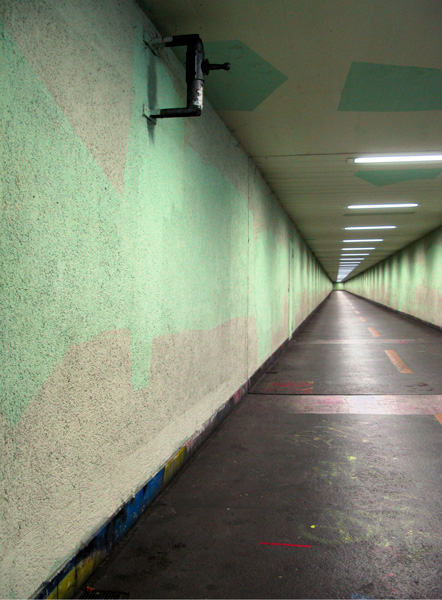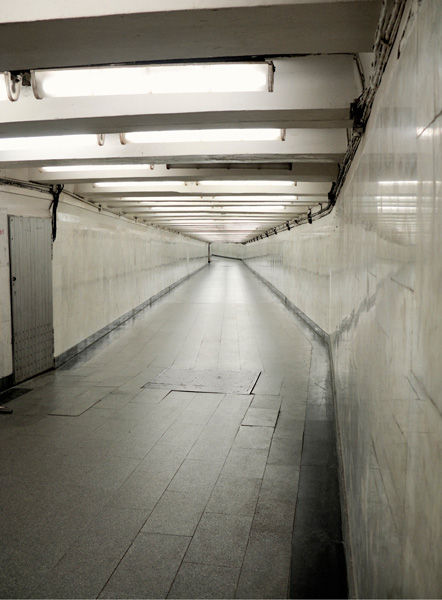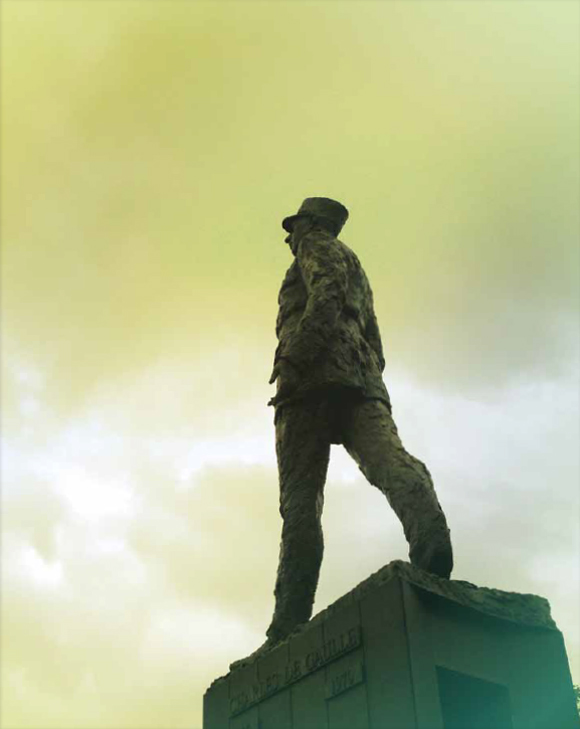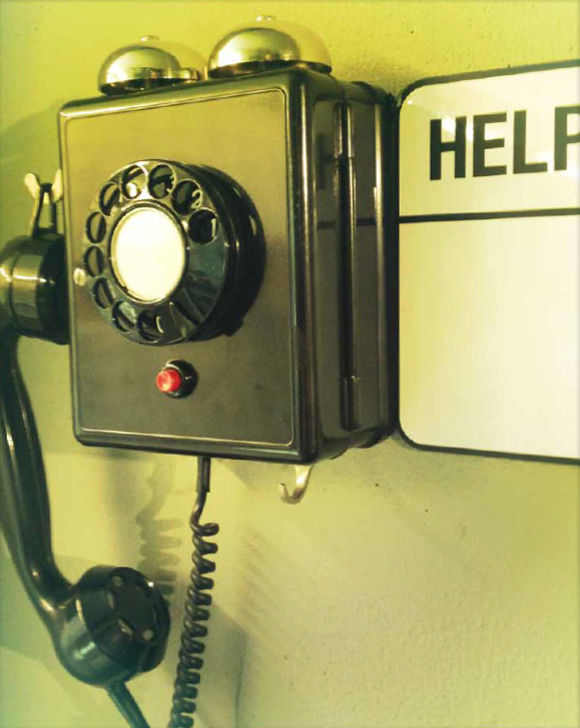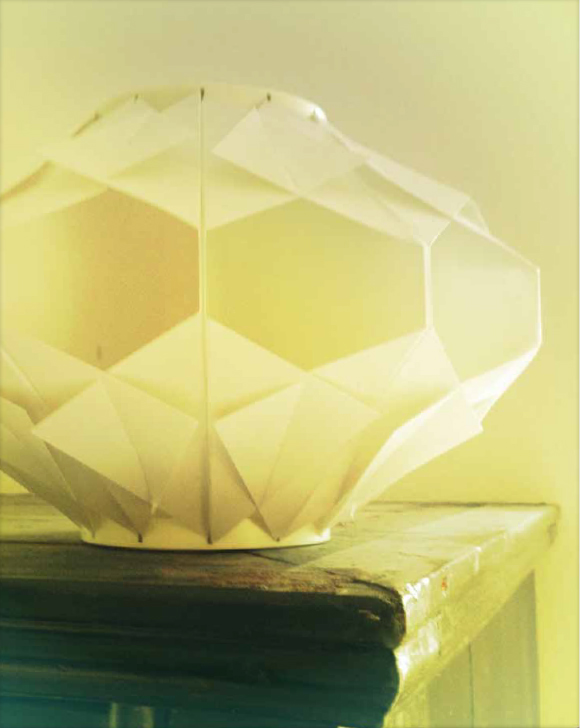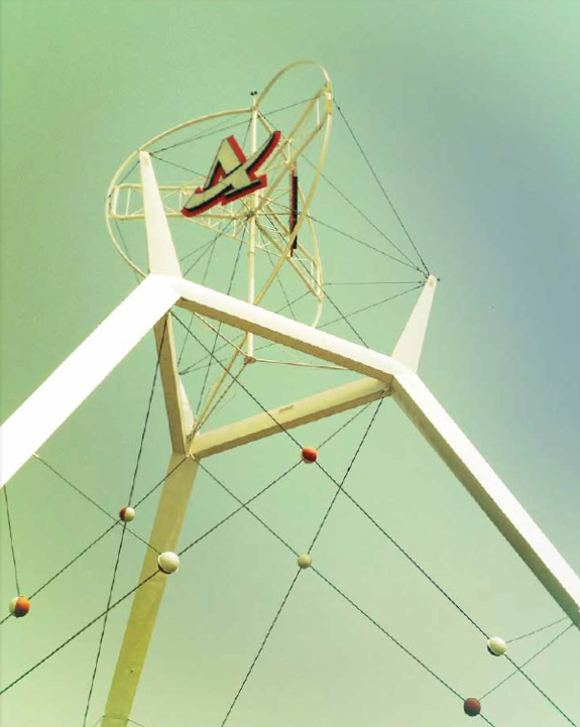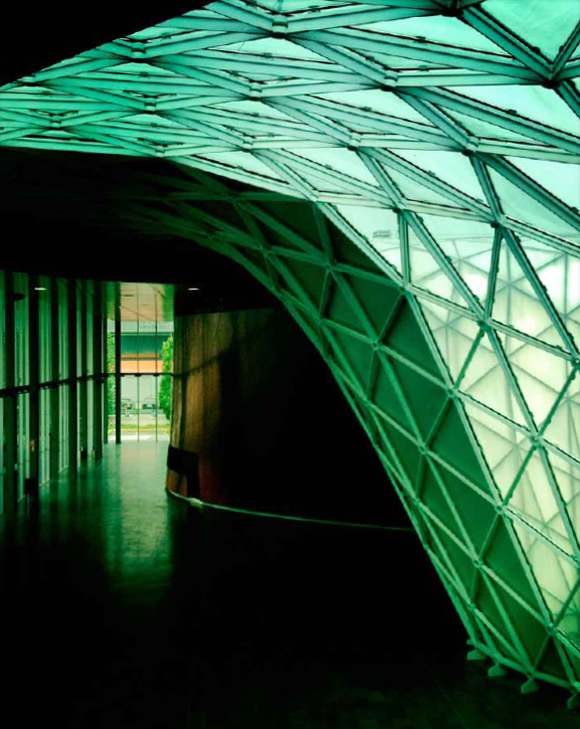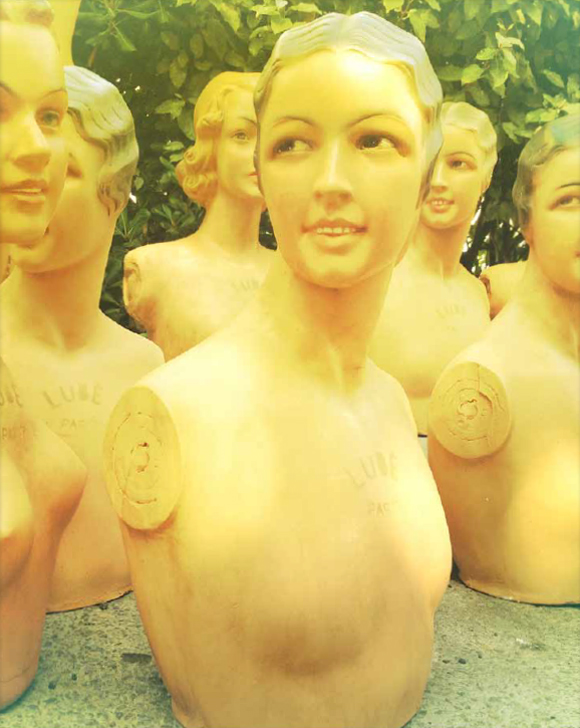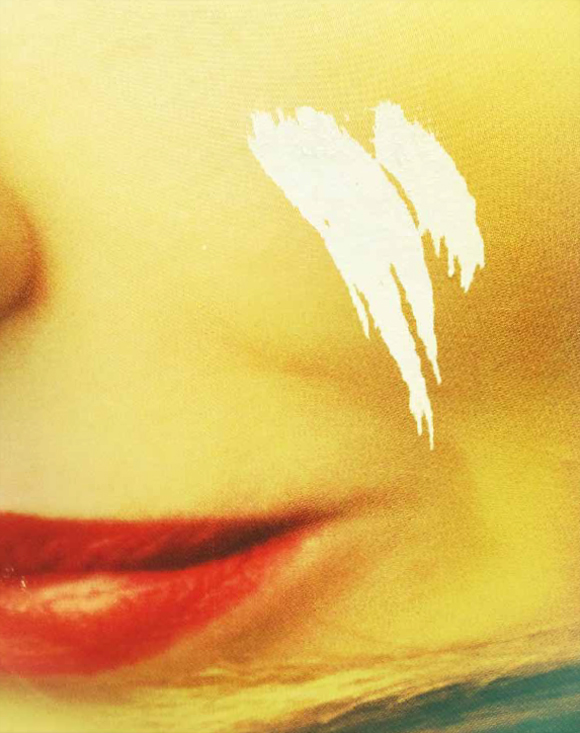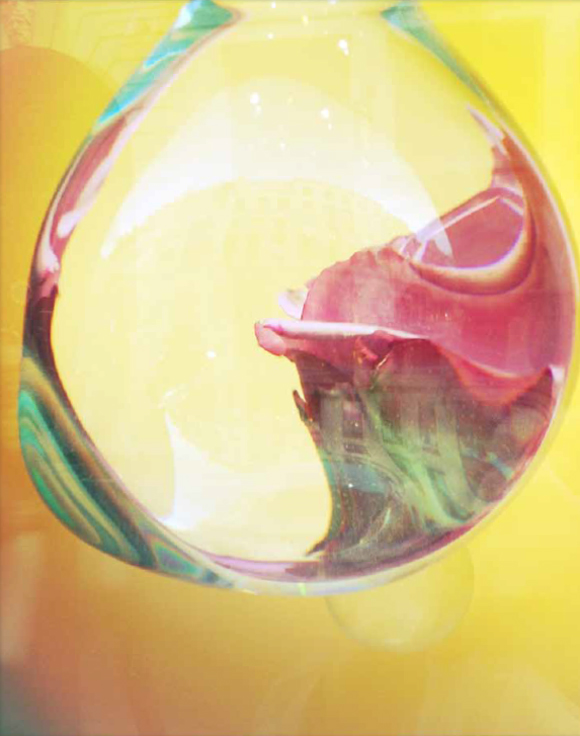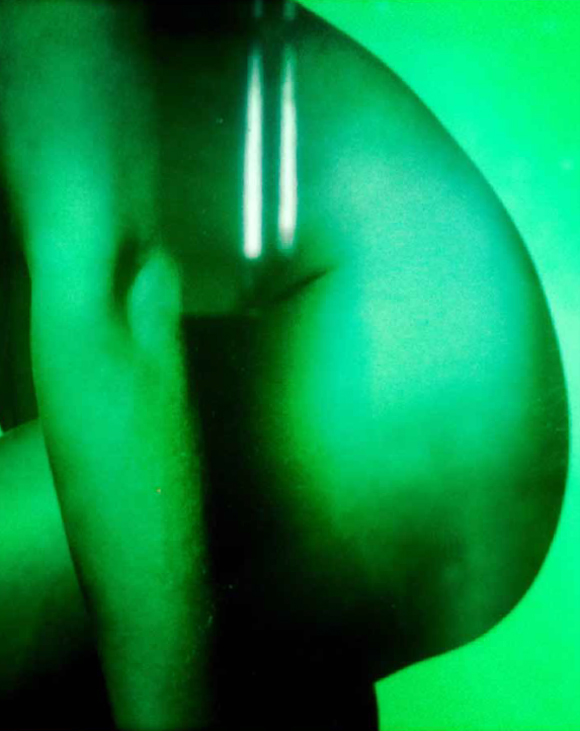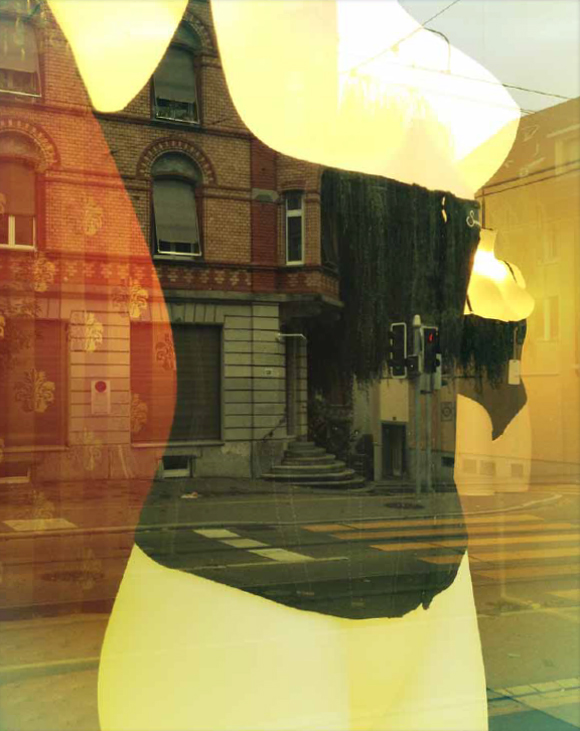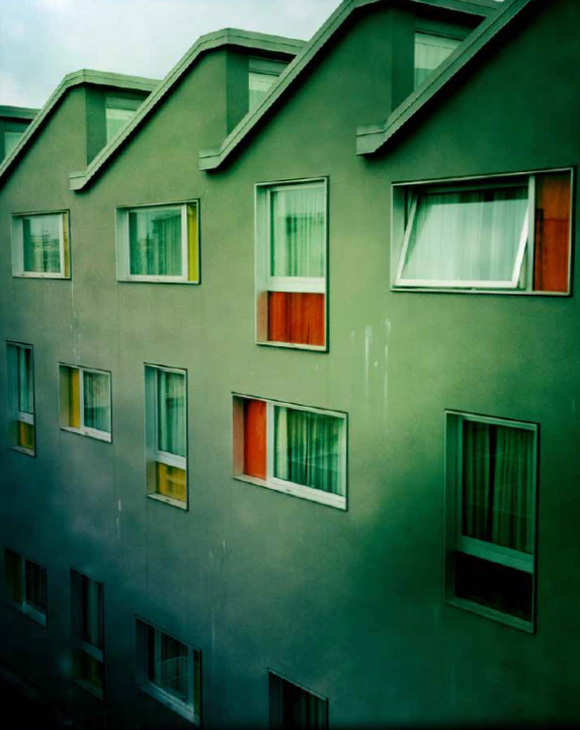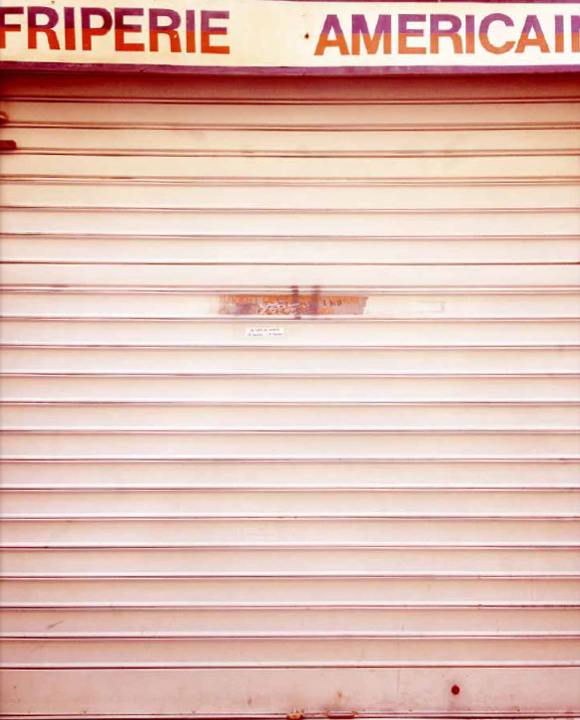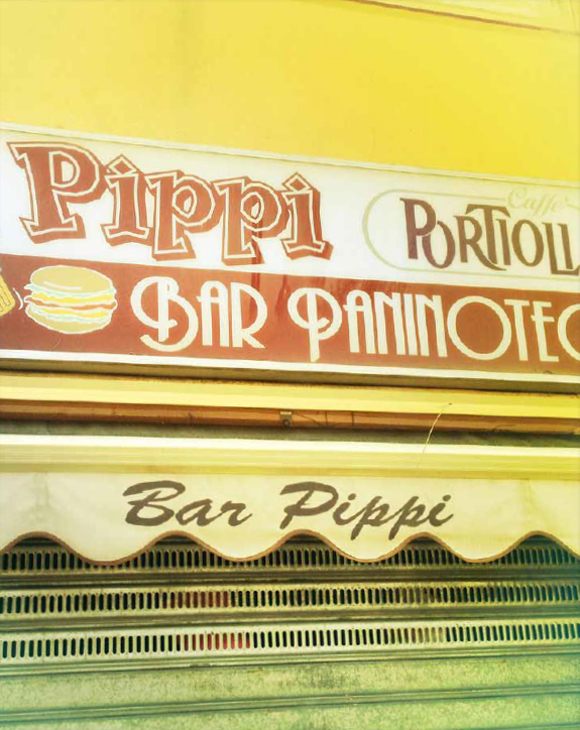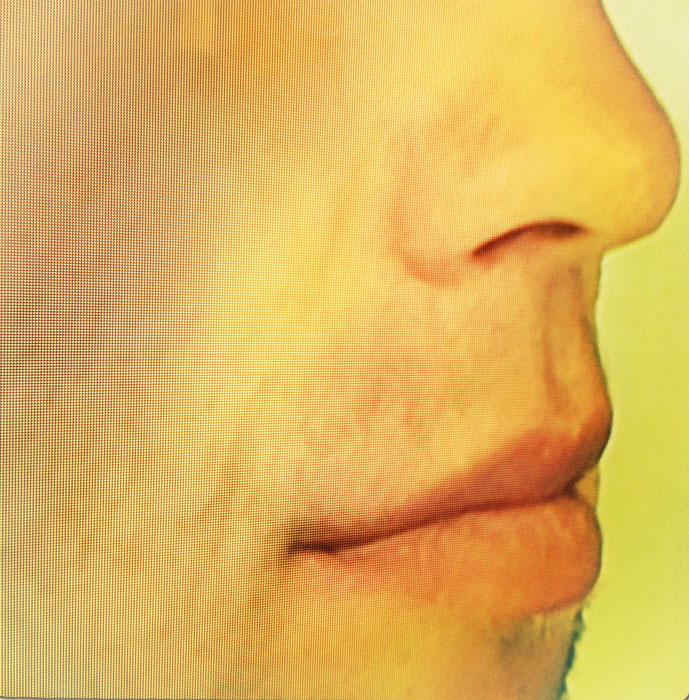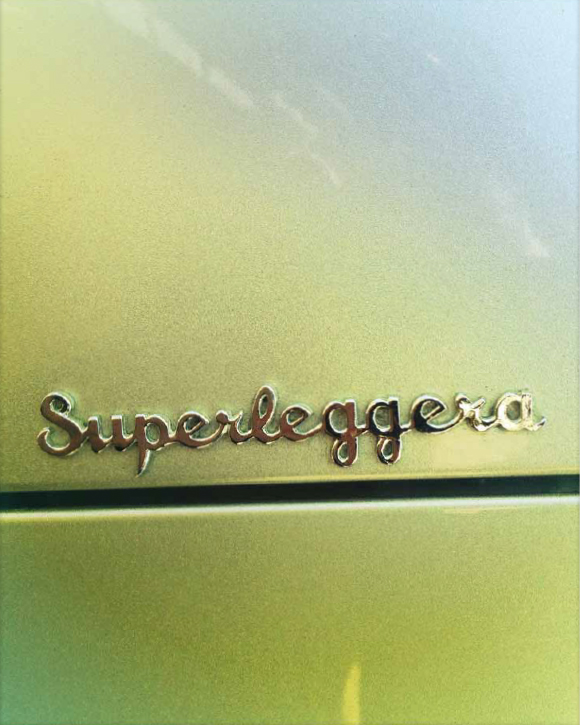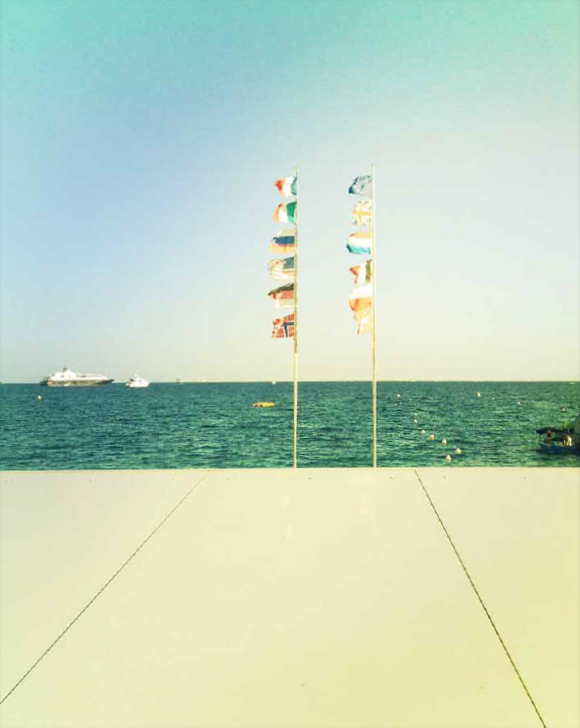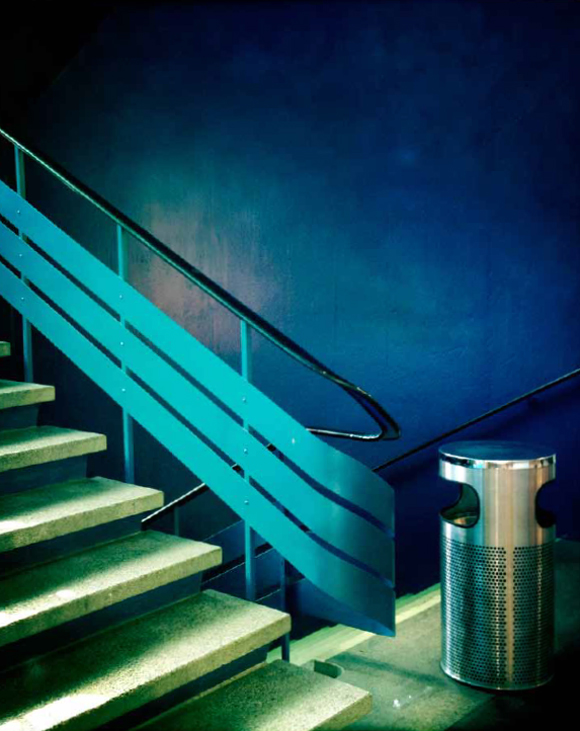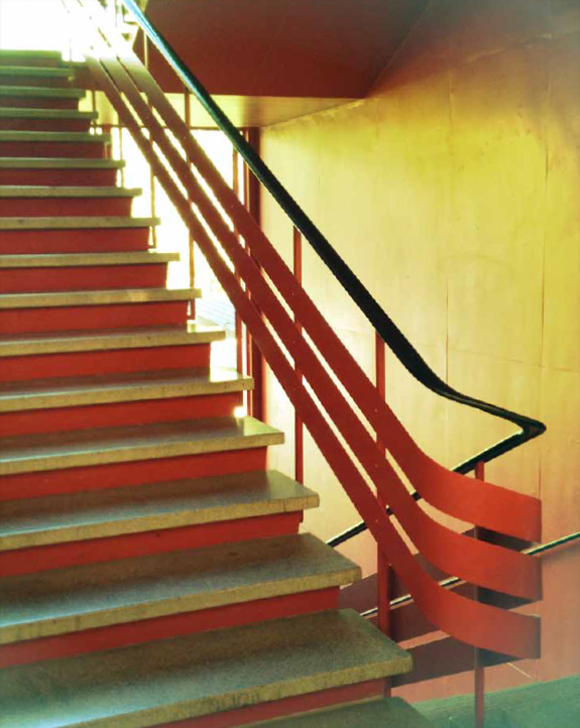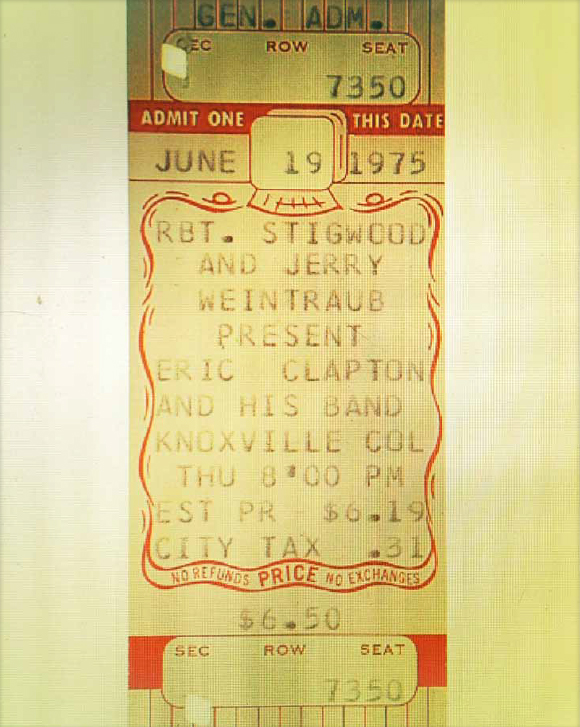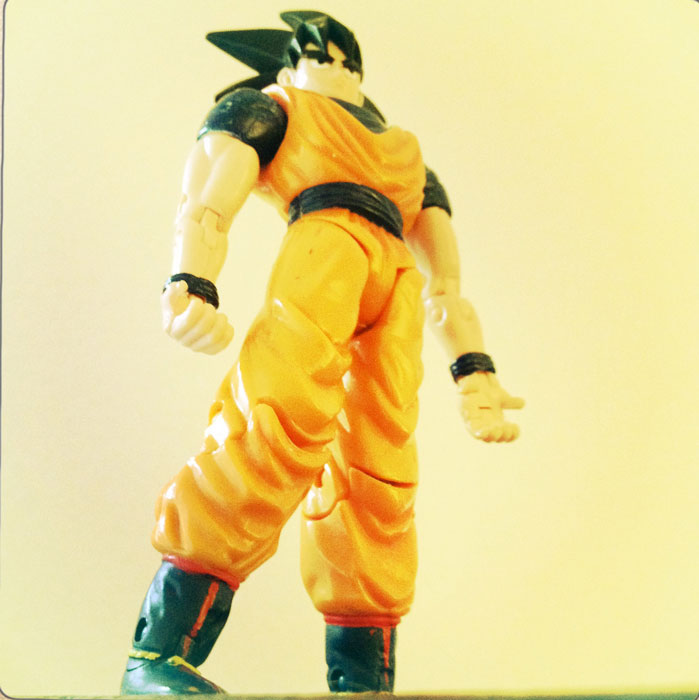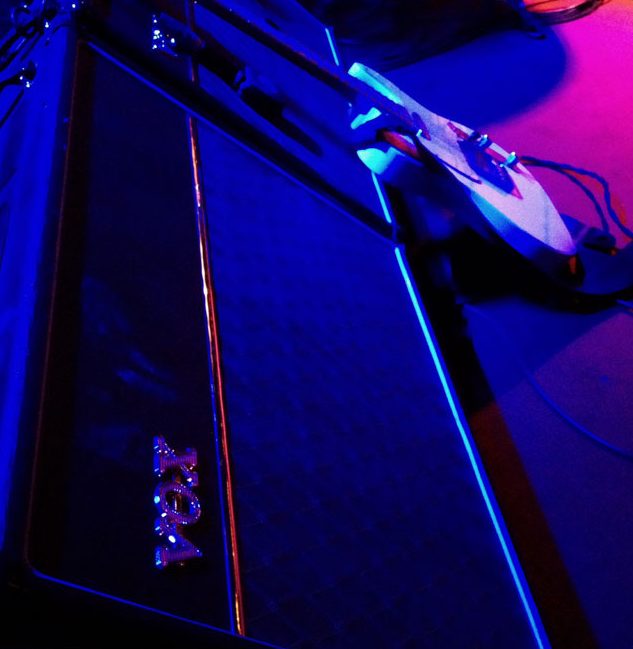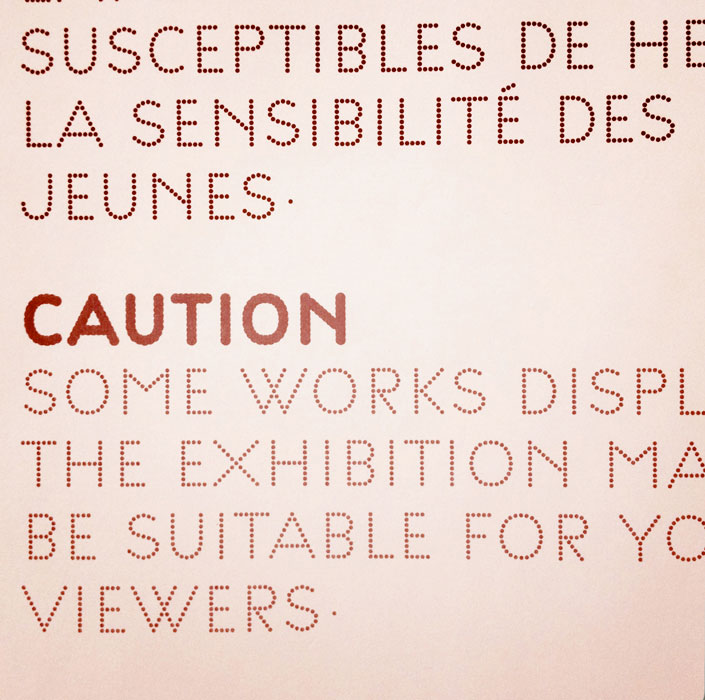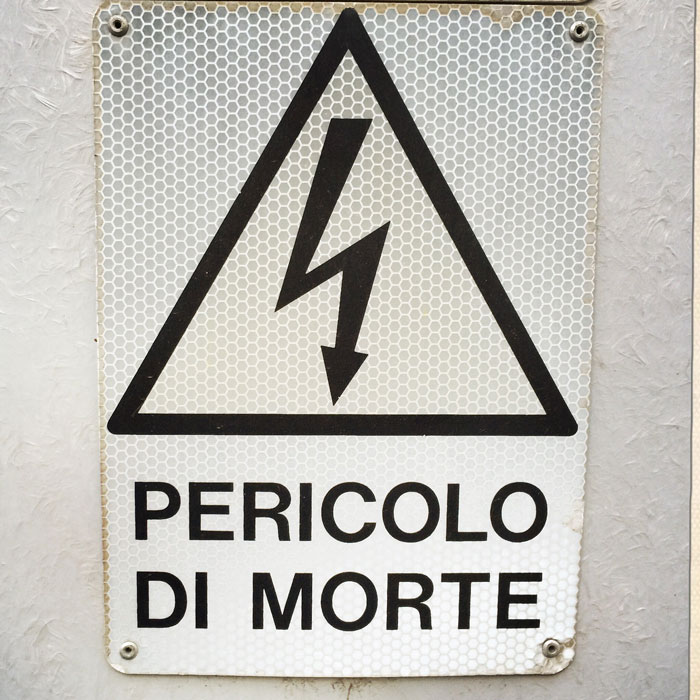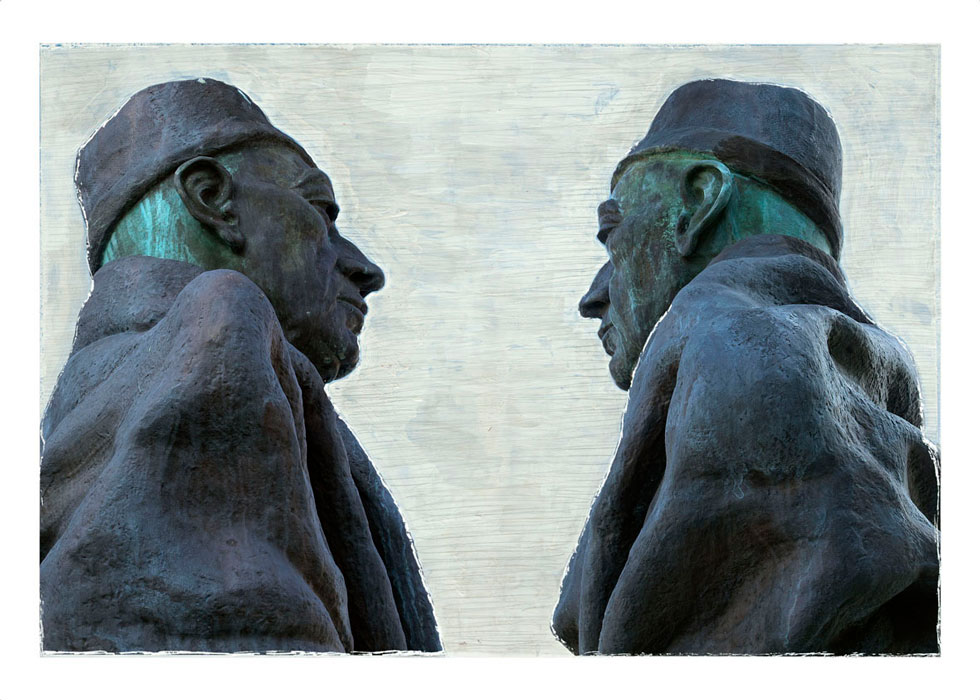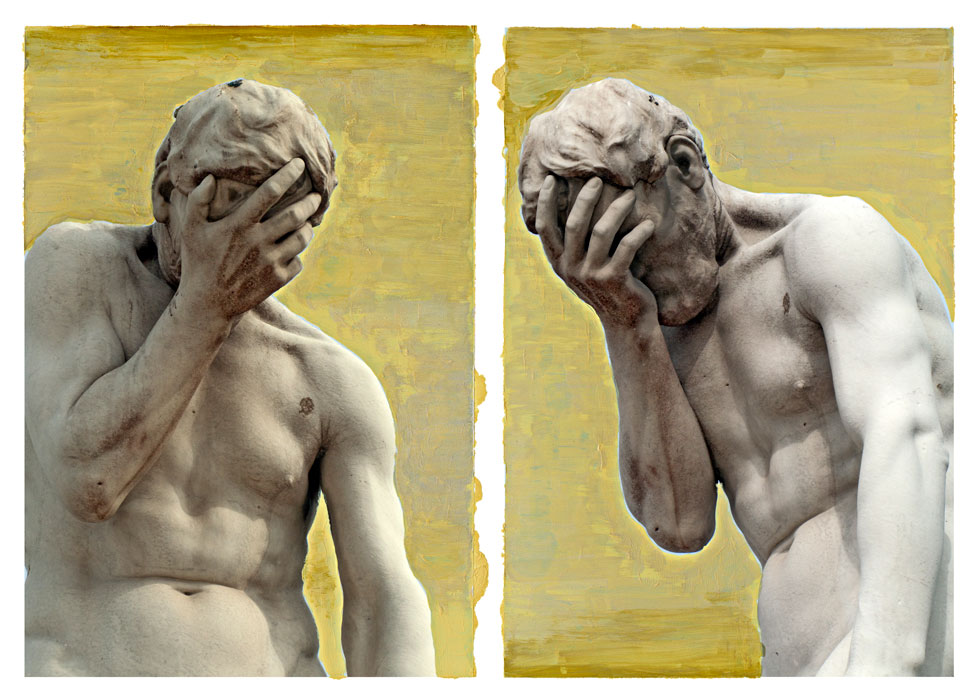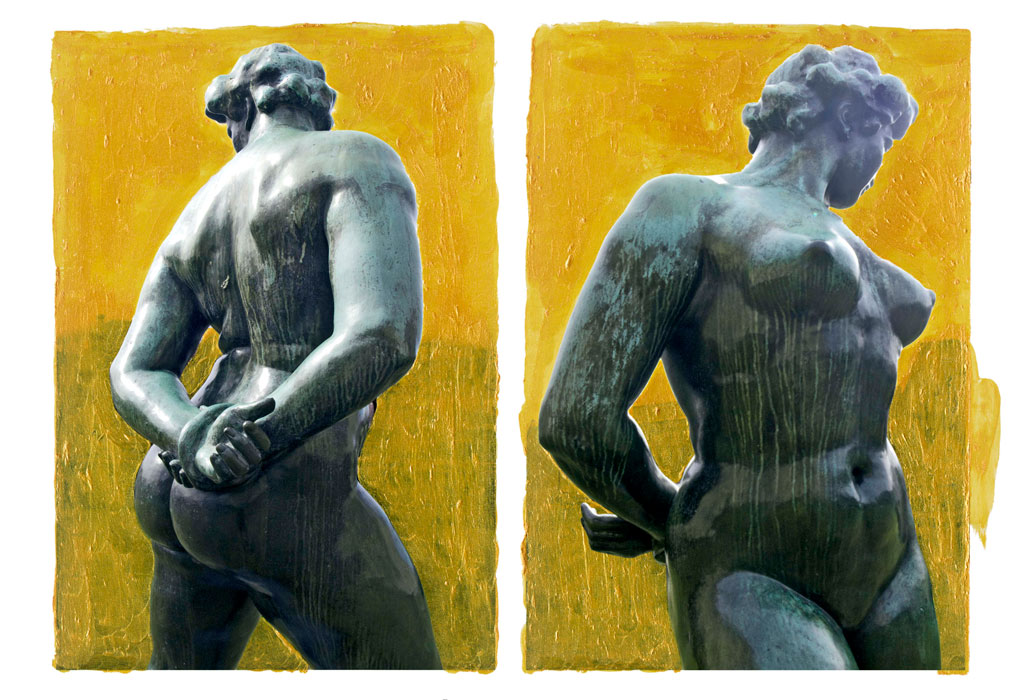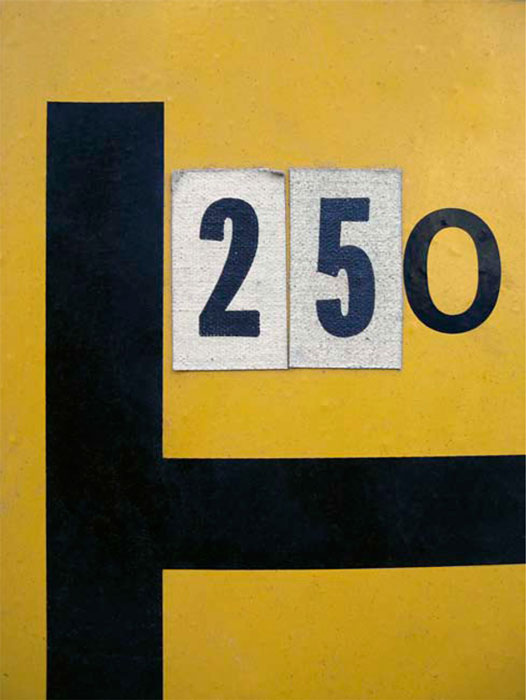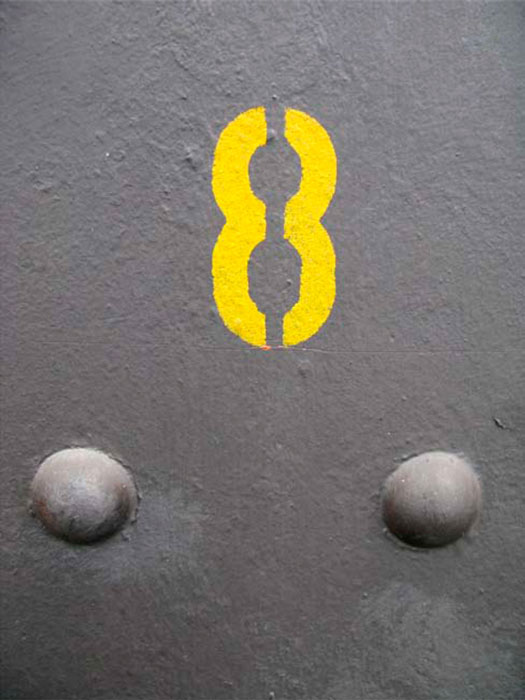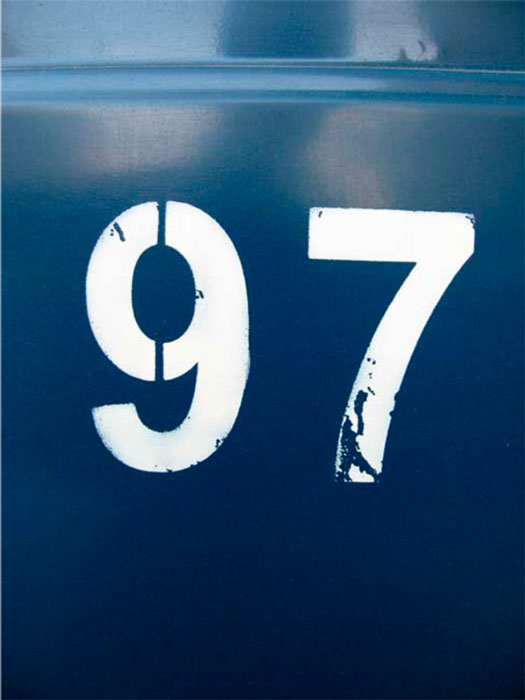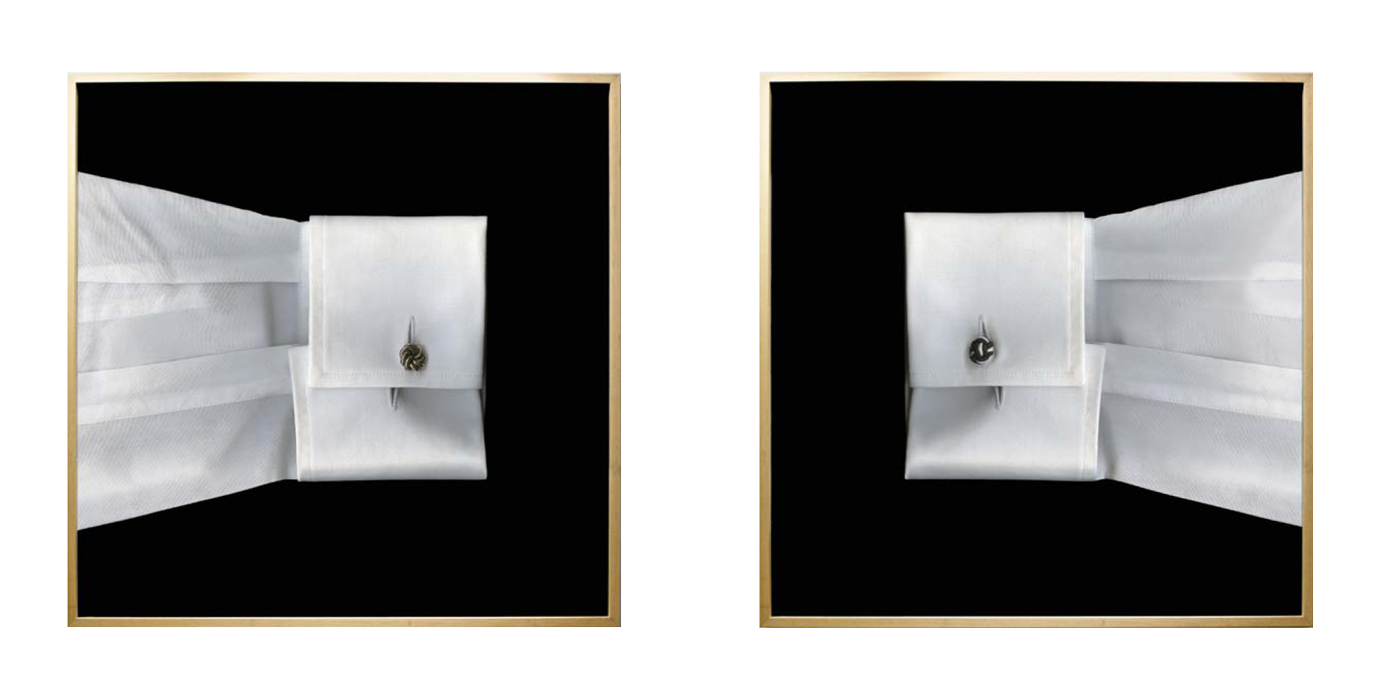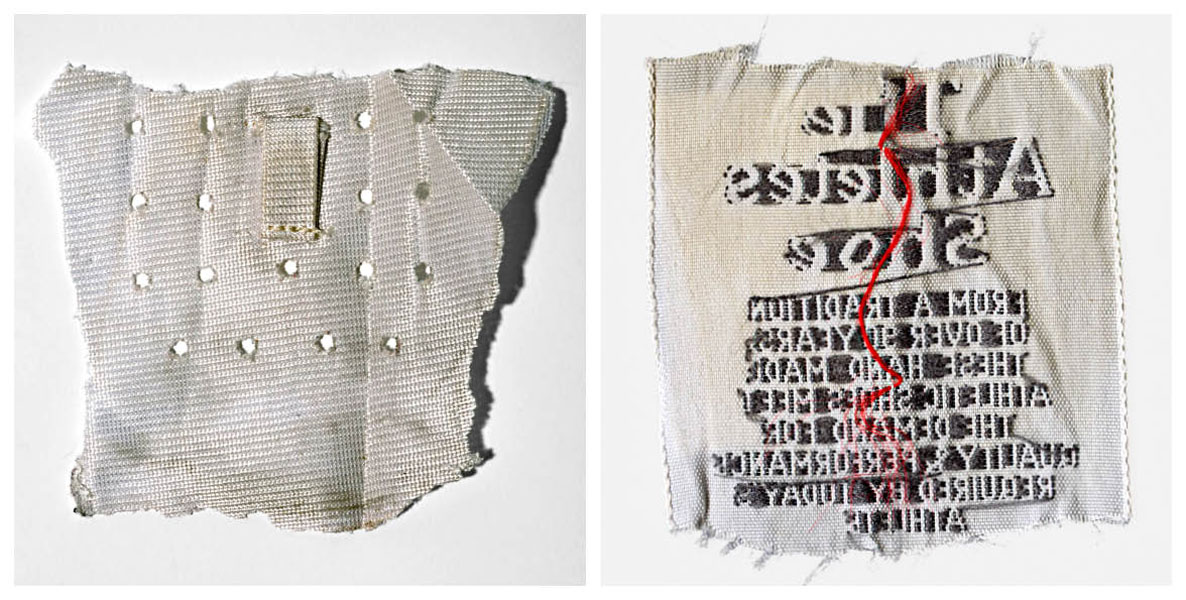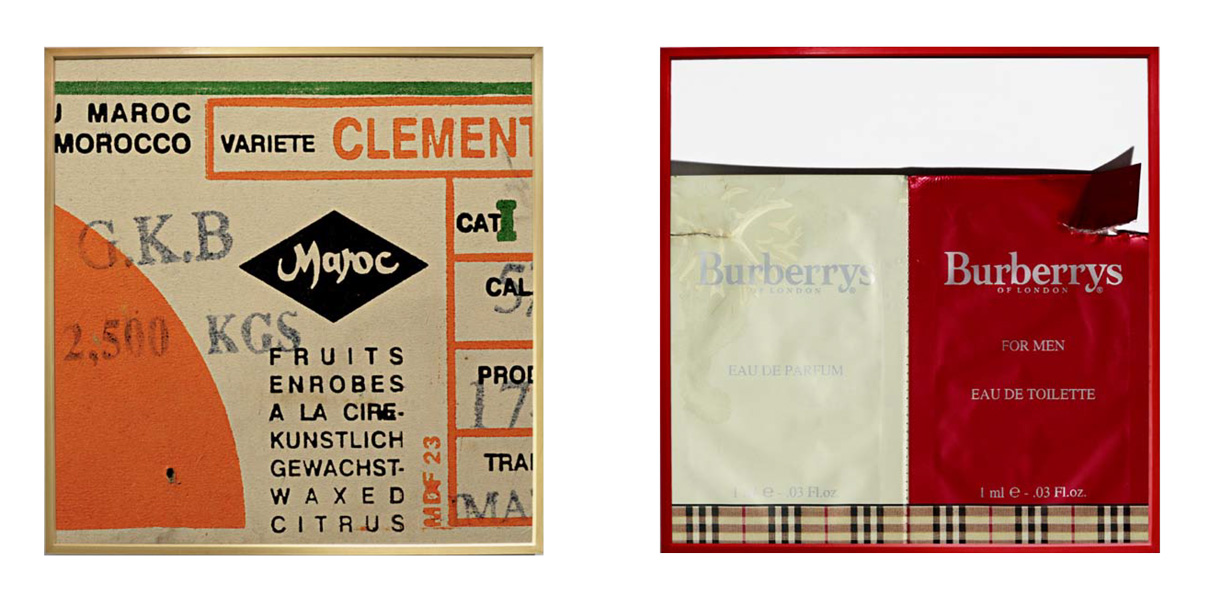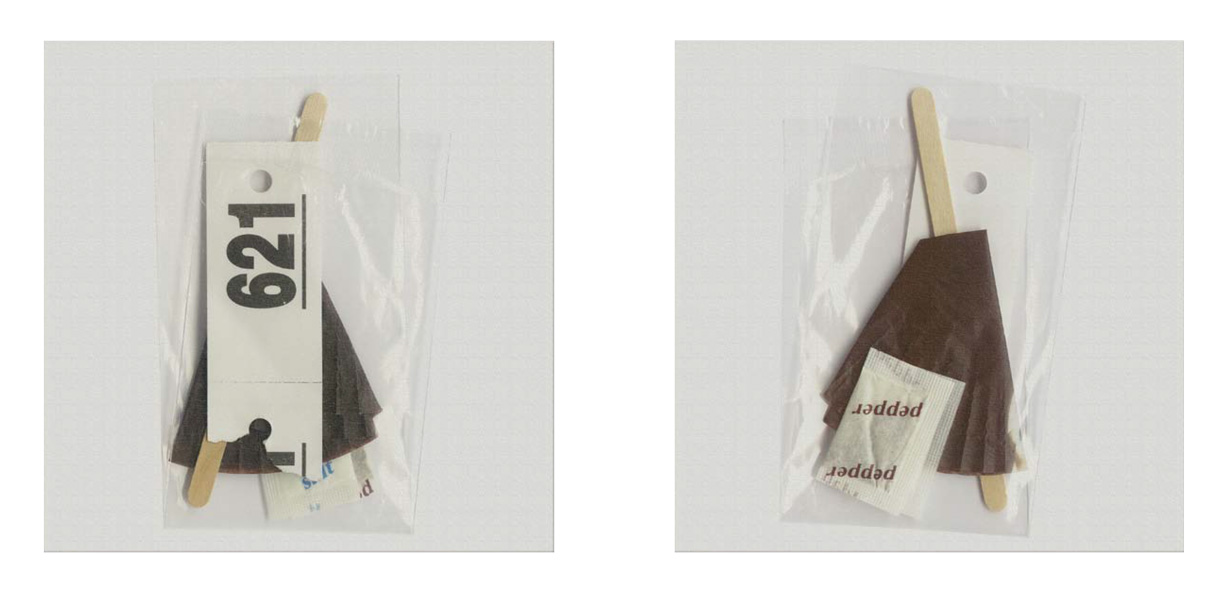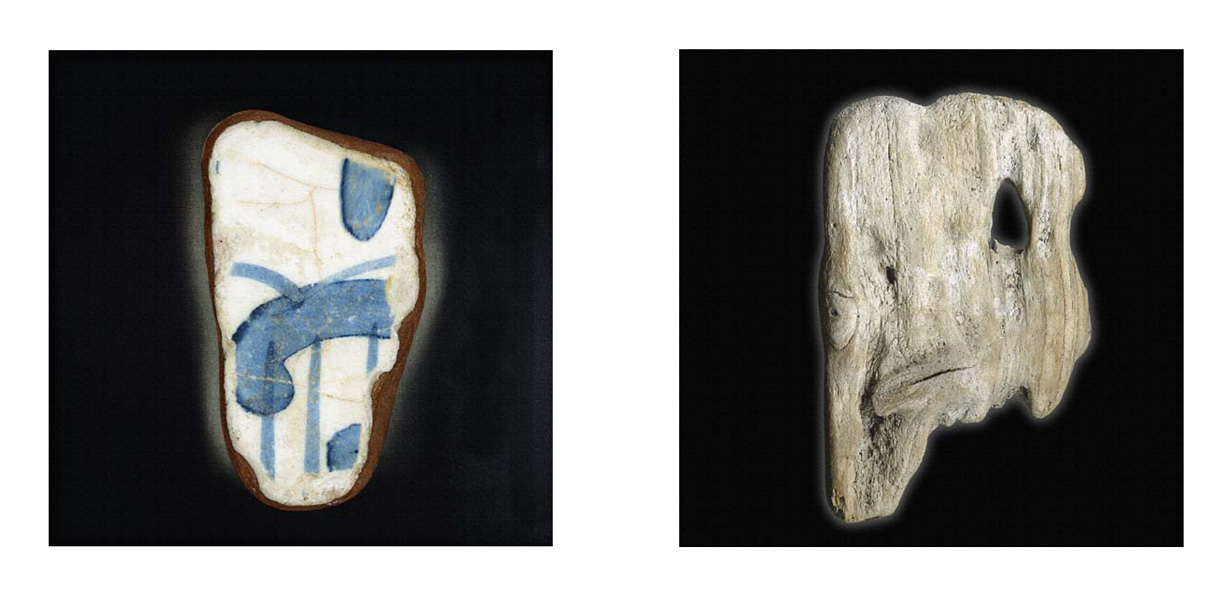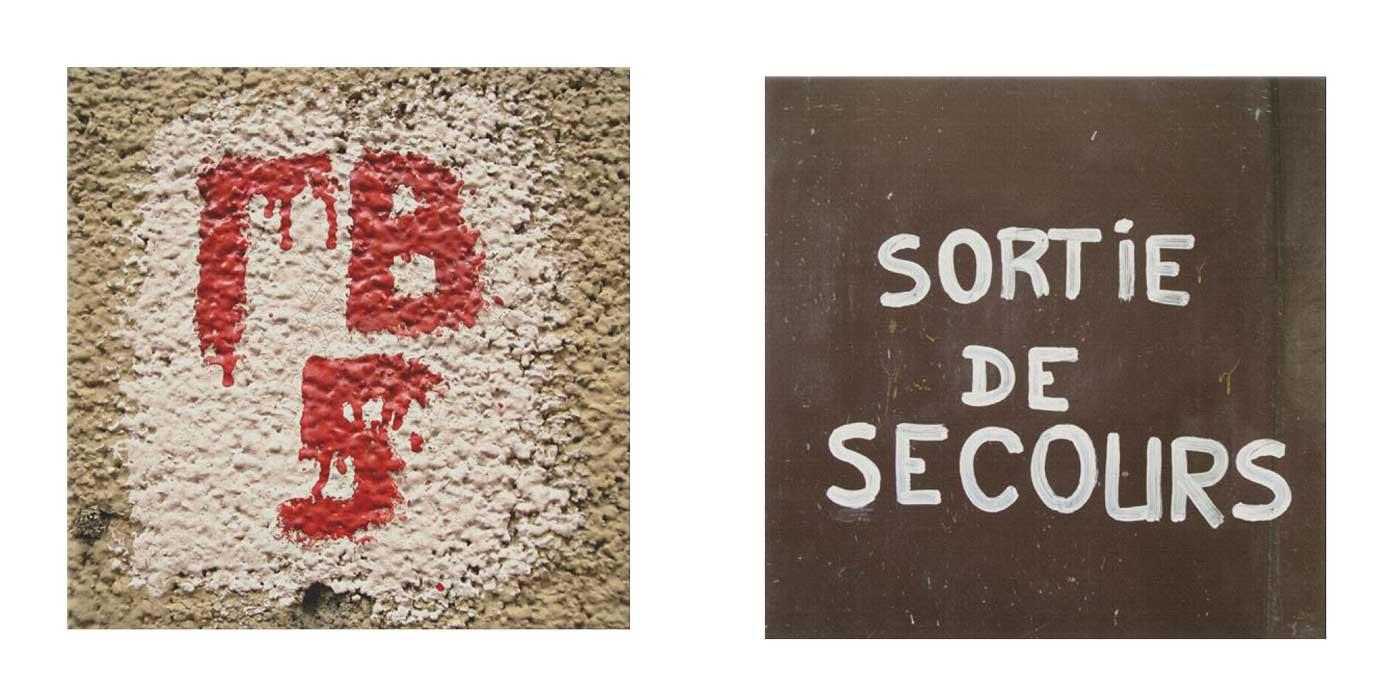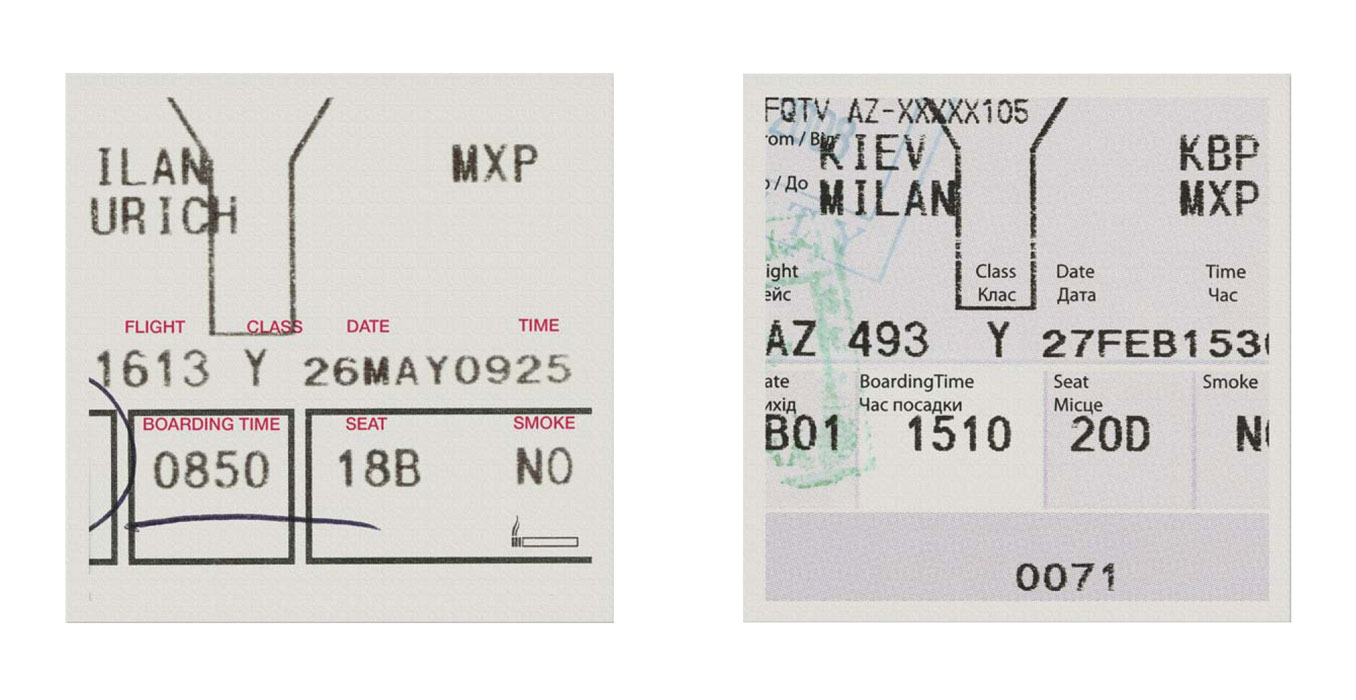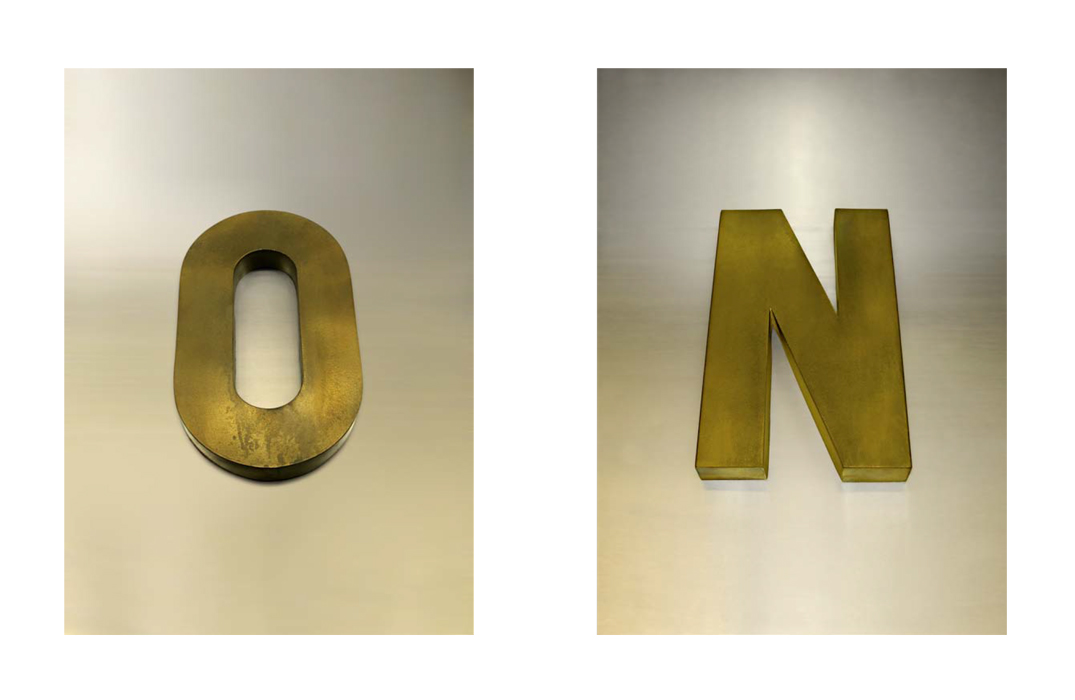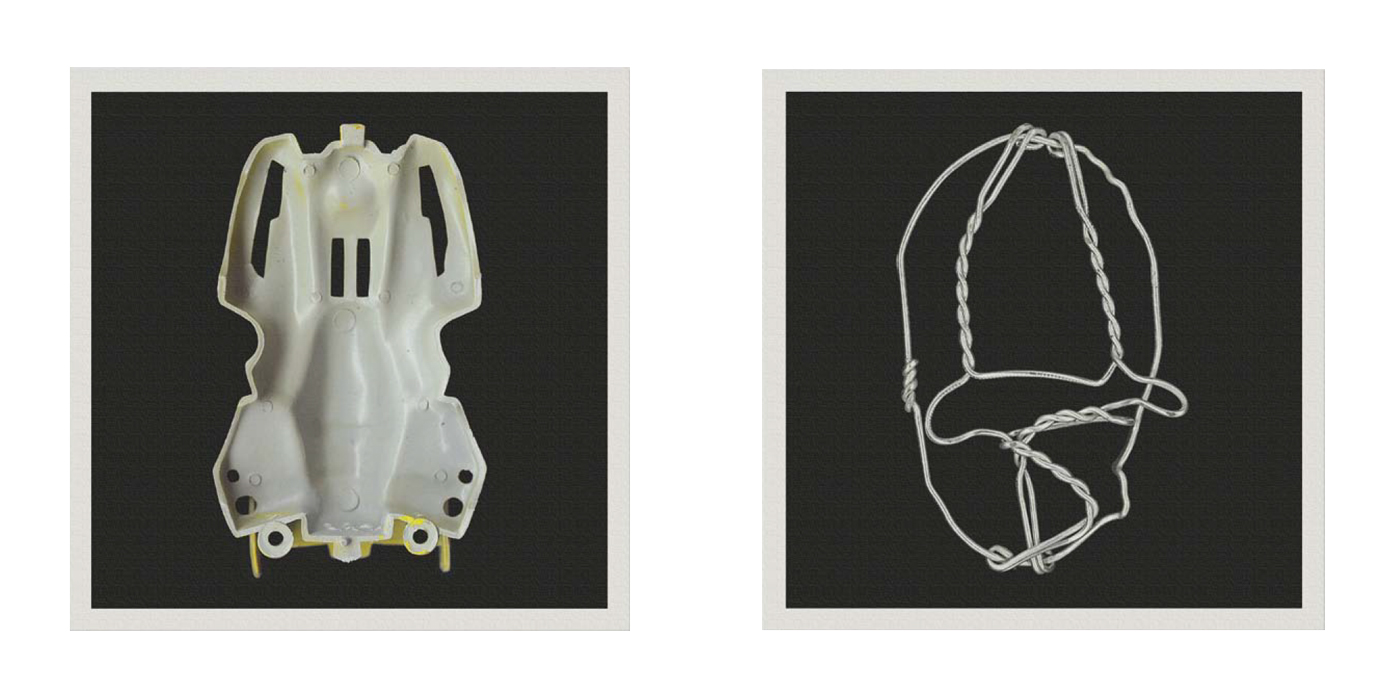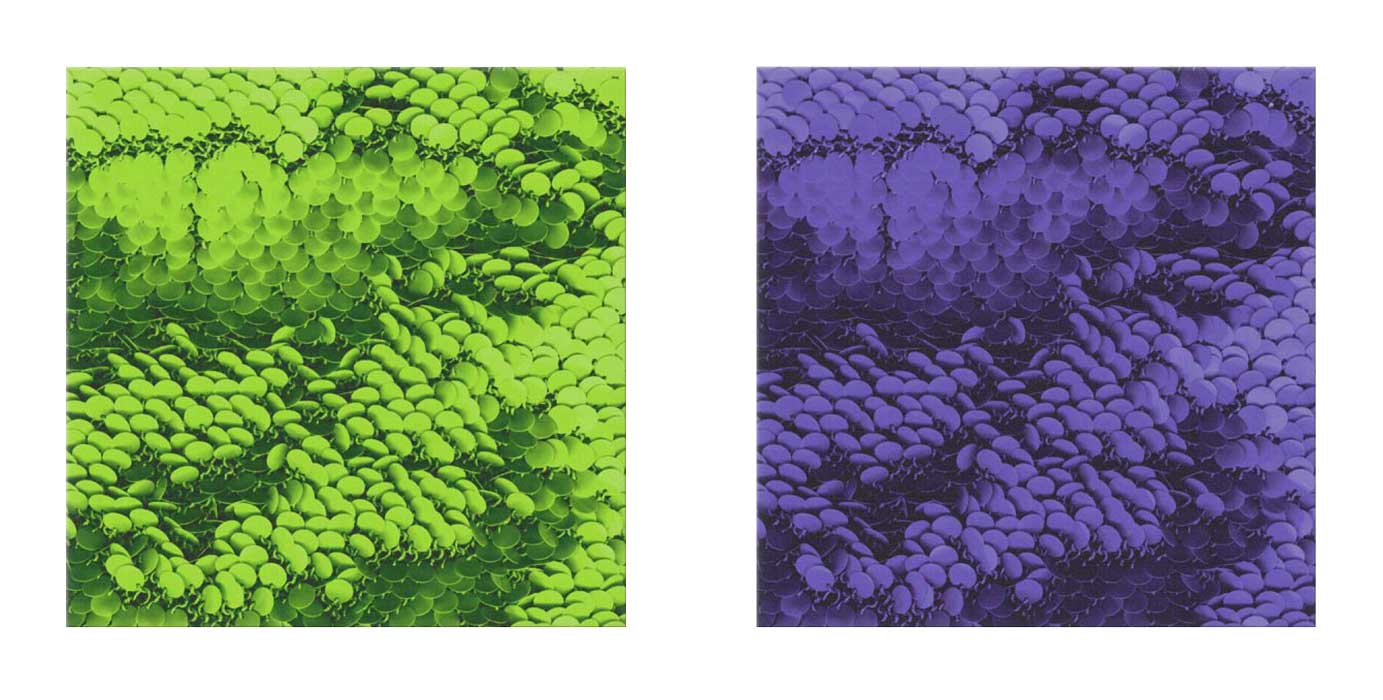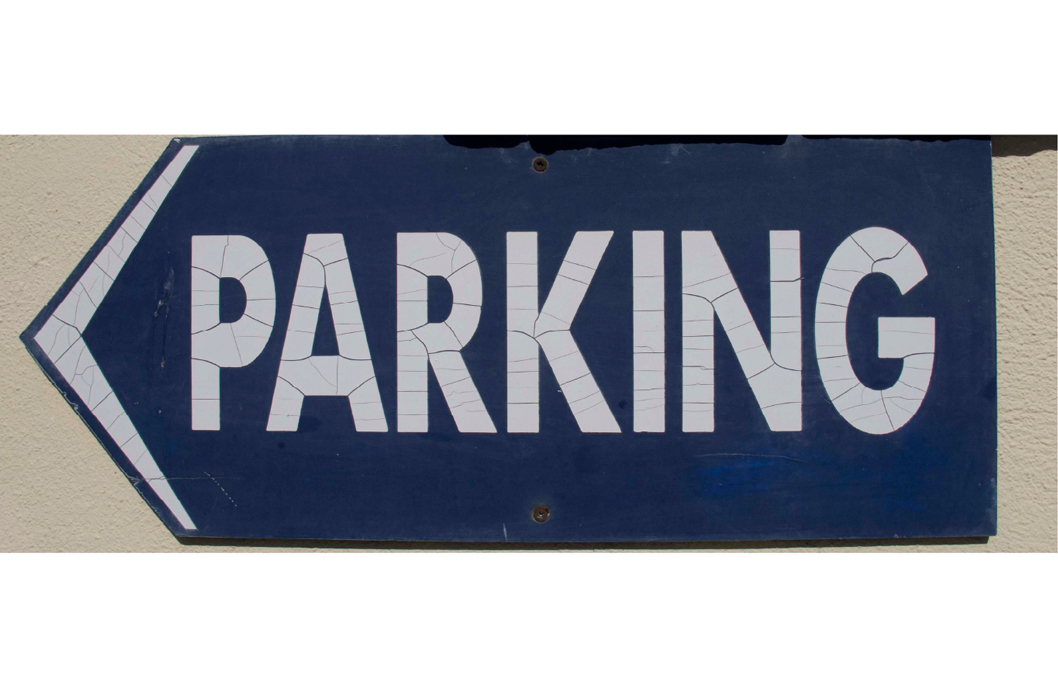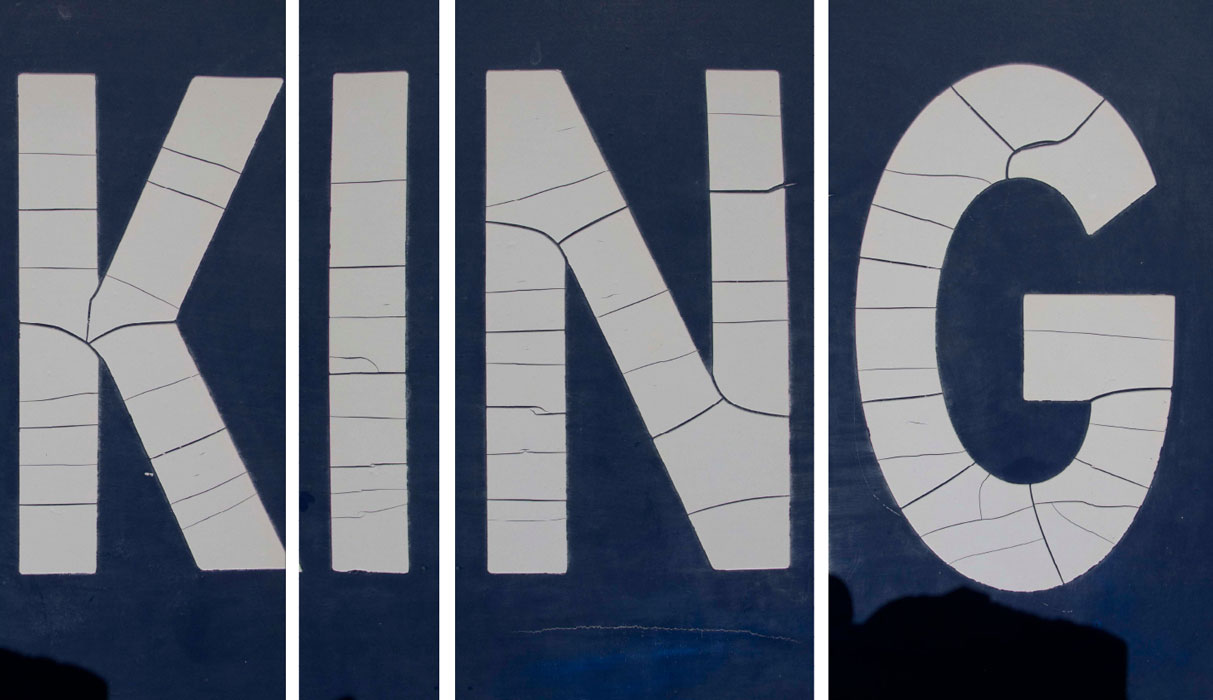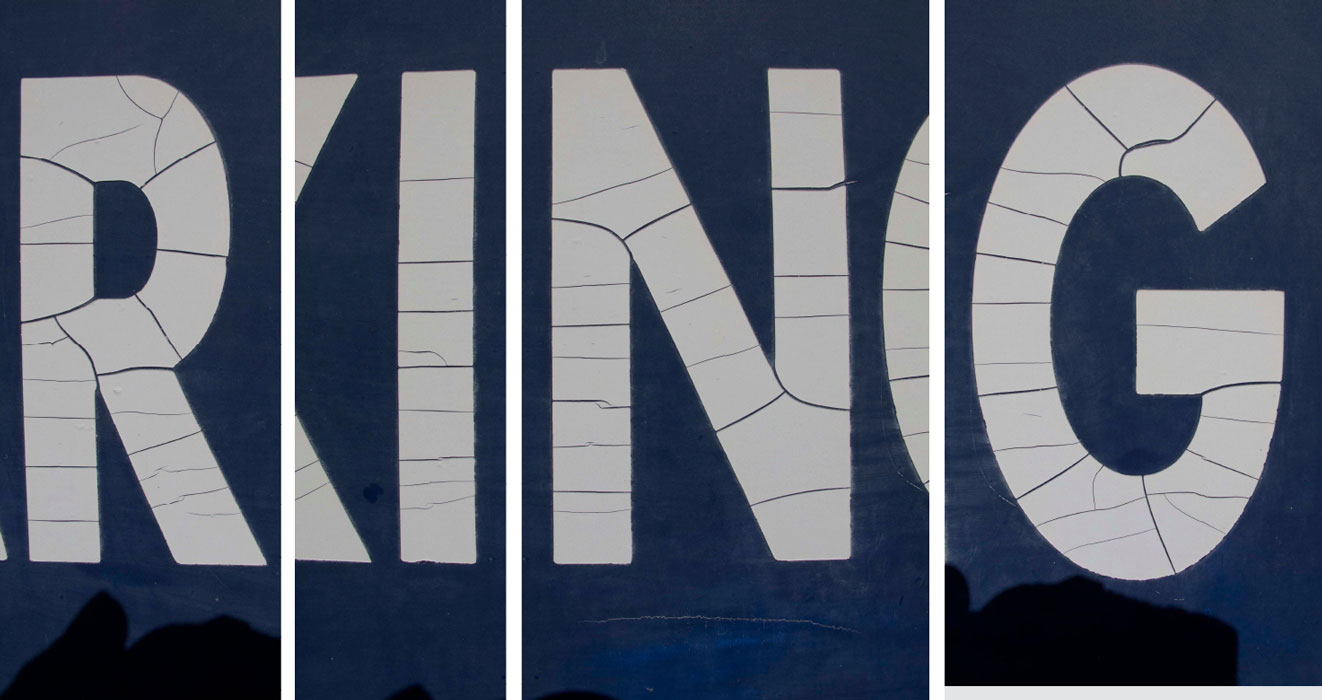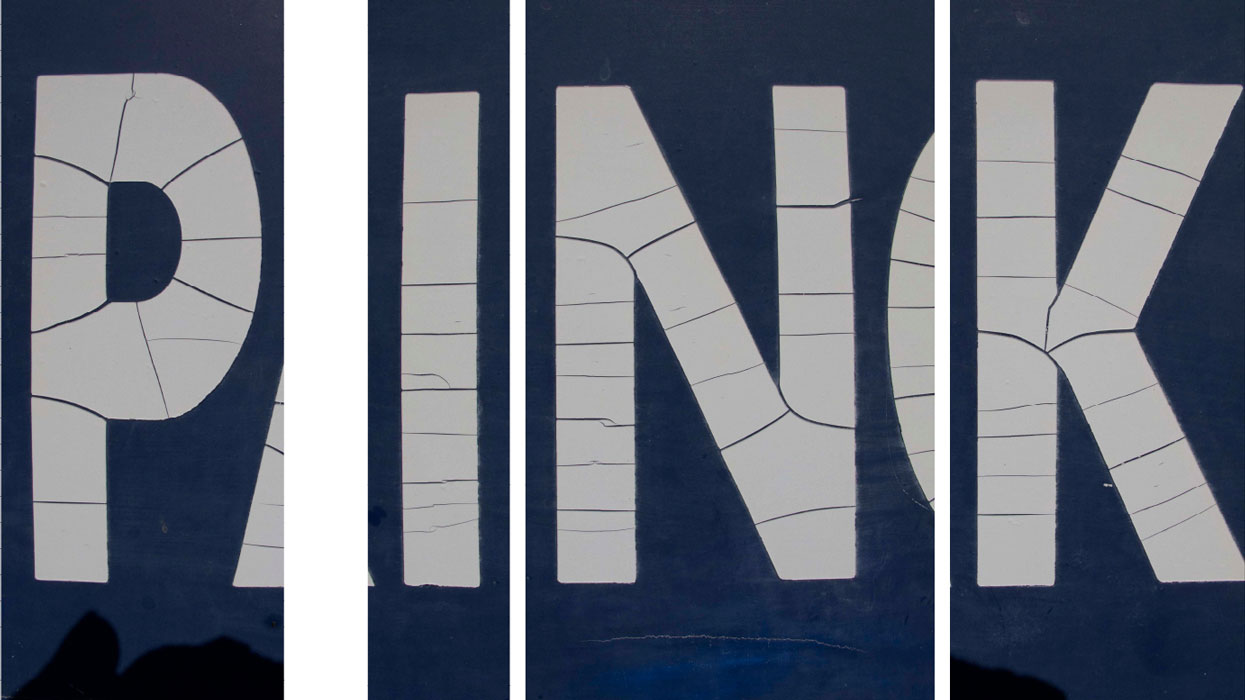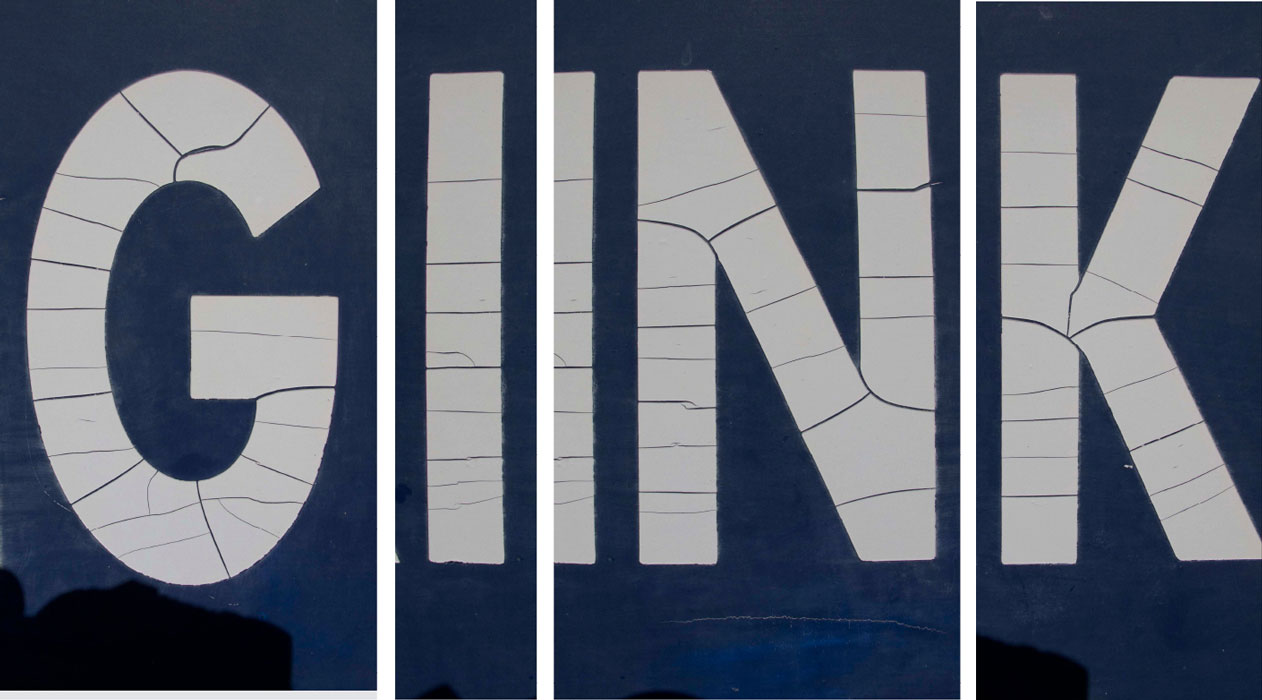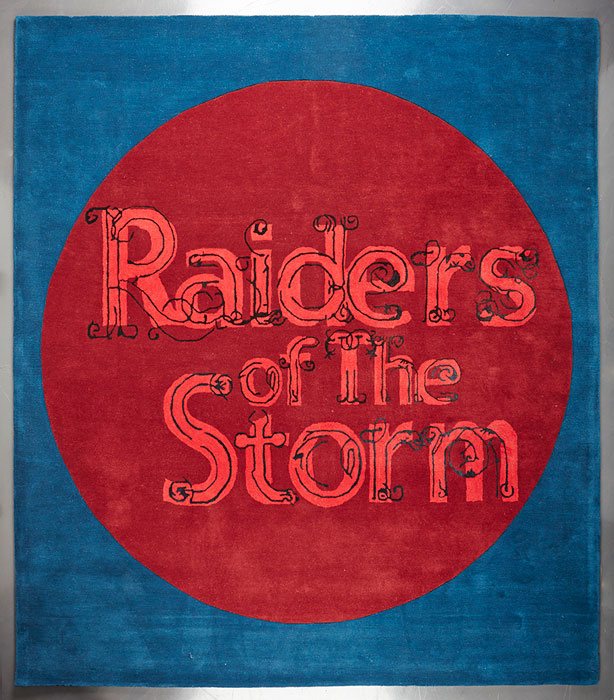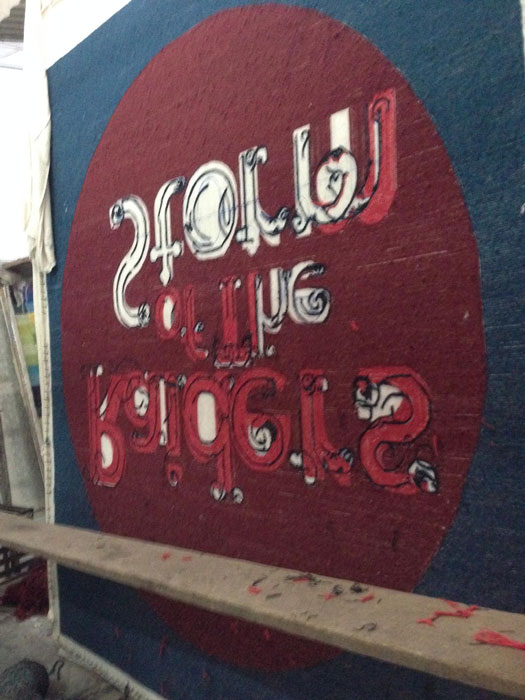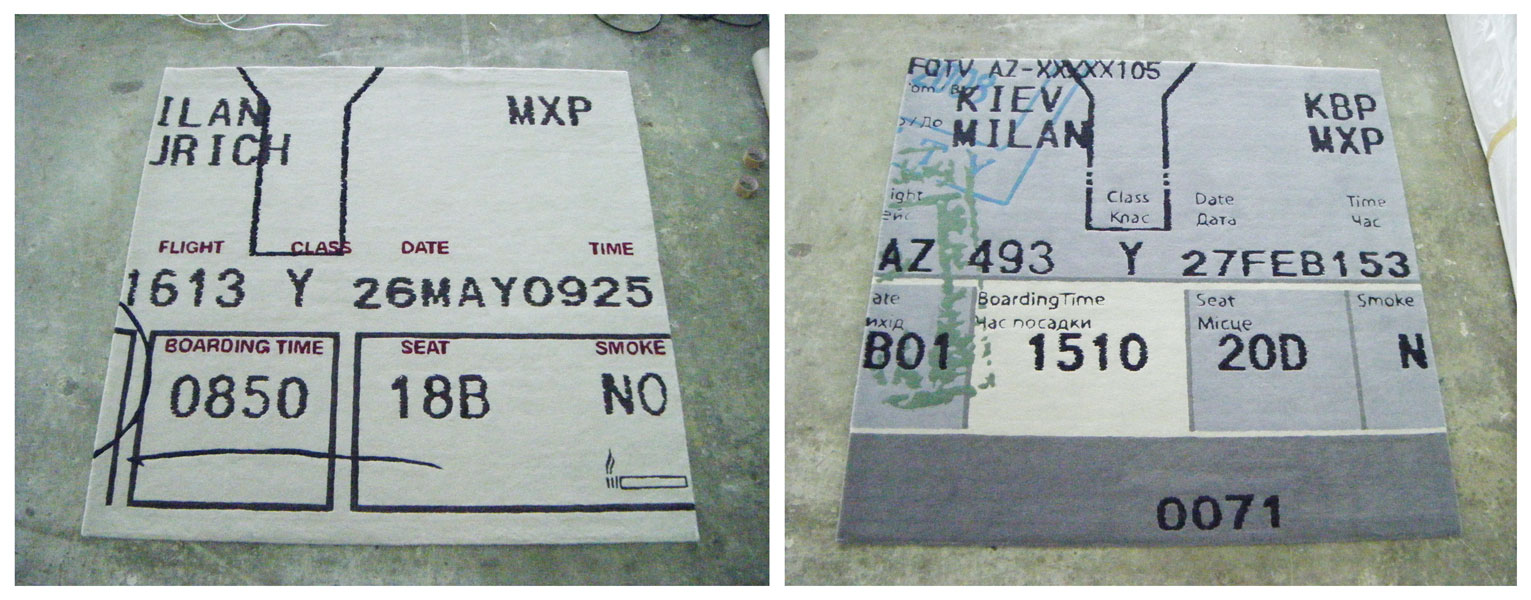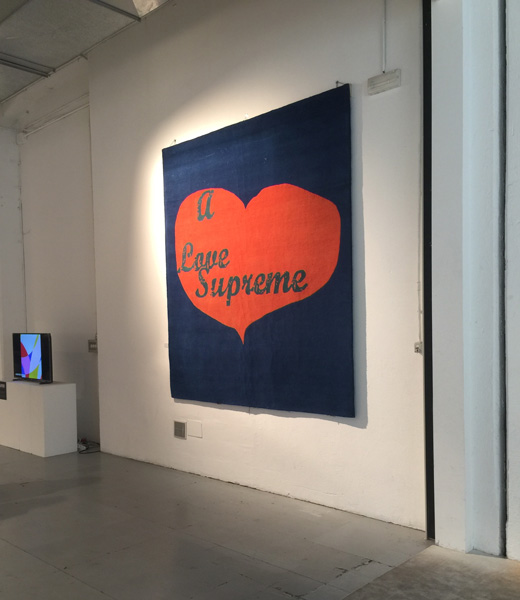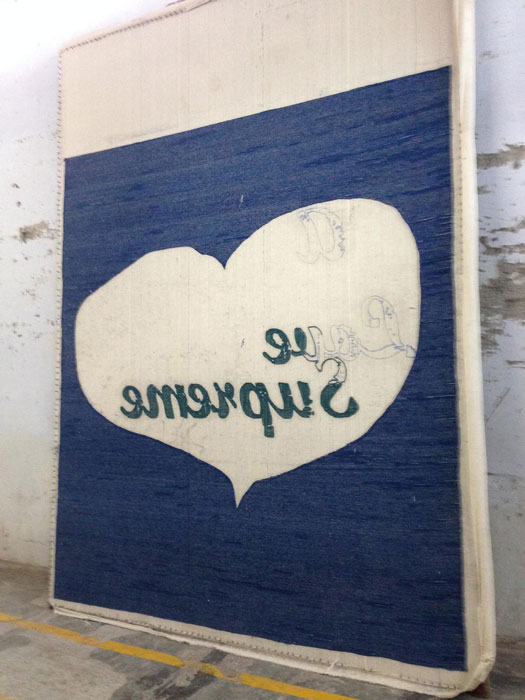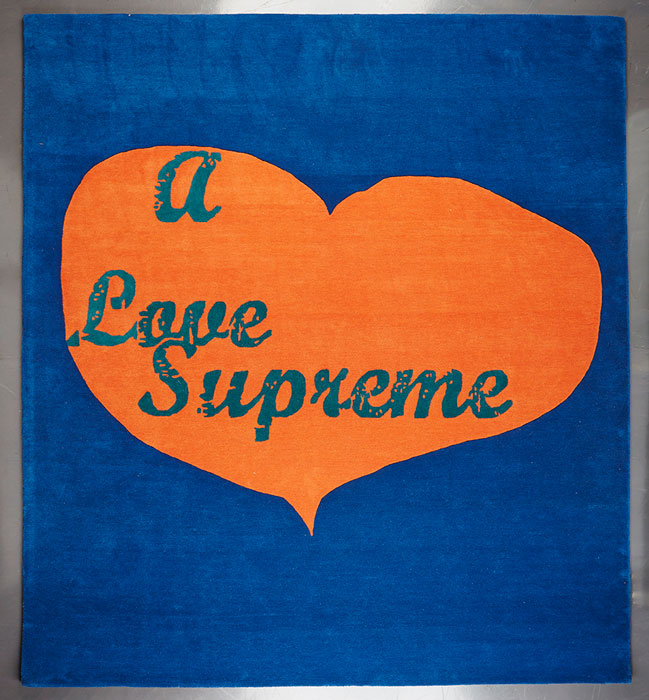From vinyl to liquid >> READ MORE >>
Before discussing the moving photographs contained in the book, there are a couple of things I wish to confess.
The first is that I was not the one who came up with the title for this text. About a year ago, Pier Paolo Pitacco sent me a draft of what was at the time a future publication in digital form (a pdf, as they all call it these days). In addition to the images, it already contained his introduction and Giovanna Calvenzi’s interesting essay on the transition from polaroid to digital polaroid. I image the titles of these texts, “As Time Goes by… ” and “From Polaroid to Digital Polaroid”, respectively, had been chosen by their authors. And though I had not yet written a word, I was already “represented” in the draft publication with three pages of what they call “lorem ipsum”, in this case a sort of imitation Latin that began with “ection plat… “. This fake “text” already had a title, in English like the other two titles: “Music from Vinyl to Liquid”, and I accepted it practically as it was.
As we will see, my second confession has something to do with the first, as it is primarily about my relationship with recorded music and the various media on which it has been reproduced over the course of my long career as a music lover. Like the majority of my contemporaries, I only rarely encountered the shellac of the old 78 rpms. I did, on the other hand, have a serious youthful flirt with the 45 rpms, which at first constituted the extent of what I did not yet call my record collection. But my first long-term relationship (beginning with the purchase of the Fontana version of Miles Davis’s Kind of Blue in a record shop called Le Disque du monde entier) was the one which, continuing unrivalled for almost thirty years, led me to establish a true record collection consisting of thousands of 33 rpms, those LPs — Long Playing records ¬— that came in sleeves which were all the more attractive the thicker the cardboard (the weight of the cardboard being an unmistakeable sign of true American records).
Then came the Compact Disc, a little item that was as unpleasant as it was diabolically effective. But it was not the kind of material with which one could establish a serious emotion bond. Many of the CDs in my possession are no more than surrogates for original LPs that I still have.
All this is leading up to the second of the confessions I said I would make. After the CD came music that was not only digitalized (CDs were already digital), but simply stored — what a horrible word! — on a hard disk. I admit I threw myself headlong into this new materialization. (Which I underline because, no matter what they said at the time, music stored in this form was in actual fact by no means dematerialized. It too, like the technologies that went before it, had a physical medium, in that a hard disk, wherever it may be, in the office, in the living room, or in what they call the cloud — in actual fact climate-controlled silos with an Internet connection — is no less material an object than a piece of shellac or vinyl). And so I cast myself into this new state of recorded music, initially because I moved to Italy, ostensibly for three years, where I was separated from my record collection, which of course I could not bring with me, excerpts of which I had begun to digitalize. I soon realized that this new state made it easy for me to satisfy a fantasy of accessibility with which, as in the case of discography maniacs, a species that is very common among jazz lovers, I had had a regular obsession and which I had sporadically begun to solve with a box containing a few hundred card files which would one day have allowed me to listen, for instance, to all the recordings in my collection on which Paul Chambers played bass. I still have this old-fashioned card file, though I soon gave up on the enterprise. In short, it was clear to me as soon as I began my digital transpositions that music filed on a computer can make use of the native properties of this type of machine, that is, thanks to the database systems hidden in the software that we use to operate it, it can be instantly sorted and re-sorted at will on the basis of any criterion.
As for sound quality — for I am aware of the great debate about the acoustic merits of each technology, contrasting the warmth of one with the coldness or lack of space of another, and so on, though this is not the right place to discuss it—in terms of sound quality, while the transition from vinyl to the CD definitely did change something, I don’t believe the transfer to the hard disk on a computer changed anything, especially if the computer is connected up to hardware of the kind that was until not long ago referred to as “high fidelity”. But on the other hand, there has been a substantial change in what we listen to, that is, in the procedure by which we decide what we want to listen to.
It could in effect be described as a transition to a sort of liquid state.
It is true that when Pier Paolo Pitacco recalls this transition he is thinking primarily of the advent of the download, and, if he adds that this new way of accessing music makes him feel bad, it’s definitely because it puts an end to a whole world for which he feels homesick, a world which he misses, like myself and many other people who have been familiar with it since they were teenagers. But rather than the download, the liquidity of the new digital state of recorded music describes the extraordinary fluidity of circulation that is offered. Provided we at least index things as correctly and completely as possible, we can swim about in them like a fish in a pond, from song to performer, from date to place of recording, from soloist to composer and, why not, cover artist and author of the liner notes…
I’m writing on a train which is taking me to Turin. I have thousands of pieces of music sitting right here in my computer which I can browse through even faster than the landscape speeds by. So I won’t have to give up listening to Paul Chambers on bass or anything else I want.
I’m writing these words in seat number 26 of car number 3, and I am referring frequently to the pdf of the draft of Vanishing Cover, which is open underneath the piece I am writing. And this means that the liquidity mentioned in Pitacco’s suggested title is generalized. Like the printed word, vinyl is one of the states from which it comes and which it replaces. As I look at them, his photos are a sign among thousands of signs. Pitacco took his photos with a mobile phone with software on it that recreates some of the traits characteristic of pictures taken with a Polaroid, and they come to me after several transfers, without ever having abandoned this digital form which they now share with music, texts and who knows what else. I have therefore taken a look at these furtive shots at least ten times, one by one, false polaroids but genuine eyes that will soon be bending over the paper of the pages of the book that will be printed, in which these lines will replace the imaginary Latin text of the lorem ipsum. And I can’t stop looking at them, over and over again. What do I see? A few dozen little square pictures which really do look like polaroids, and through which I see, as if in a series of flashes, some of my memories captured, with no time to recognize them, just as they are about to disappear forever. Fragments of proper names read a hundred times, of known images that retreat in an instant. The English language has a wonderful word to define the type of look that Pitacco translates into images in these snapshots: glimpse. My computer’s dictionary defines the word as “a momentary or partial view” and points out that the corresponding verb at one time meant “shine or appear faintly or intermittently”, offering the following example of its use: “she caught a glimpse of the ocean”. It’s a bit like what each of Pitacco’s Vanishing Covers offers us, except that their ocean is the one in which these objects swam, the records that he loved and that he loved to touch wherever he could find them, in the baskets in the record shops, and that this ocean is about to disappear forever, poured entirely into another world, so much more fluid that all the vinyl in the world will soon be completely liquefied in it.
Daniel Soutif
Paris-Turin
25 October 2015
As time goes by... foreword by Pier Paolo Pitacco >> READ MORE >>
There are such things that have followed you for a lifetime and it seems impossible when, suddenly, they disappear as if nobody cares.
Certainly some of them vanish since they have no more reason to be; they are simply obsolete, when generation changes and new technologies get the better of them.
When in November 2011, in New York, I was told that there were no more LP stores, apart from a couple or three stores of used LPs and CDs, I felt a little lost.
The idea that music fruition had become a simple exclusive for download, with a consequence of “liquid music” with no physical nor visual support, made me feel sick.
This feeling was not supported by the just fact that the world changes and, as a consequence, technologies, lifestyle and consumption change with it; the deep reason in it was the complete loss of music quality as much as its physical beauty represented in those magnificent LP covers and, lately, in CD miniatures.
Nowadays music, instead of being a qualitative patrimony for everyone, turns into a qualitative heritage for collectors only.
For the remaining ones, there goes the download! Say goodbye to the analogical LP’s deep and mellow sound, now you can listen to music with earphones from your smartphone (as easy as wired wireless).
Once I came back to Europe, where you can still find LP stores, I started taking pictures of that beauty that maybe is going to disappear here too. I choose those covers that come to memory, but also those ones that catch my eye.
I take them as object which I want to extract beauty from, a beauty that goes beyond the way they appear; I look for a cut, a particular, a light refraction that can completely change the cover itself, turning it into something new, as from a new point of view.
Since I take pictures inside LP stores, the main attitude is the one of a “stolen picture”, as if I were a paparazzo of LP covers: seize the moment and then move to another subjetc.
Most of the pictures in this book have been taken between February 2012 and March 2014 in Paris, Milan, London, Zurich and a few market places.
Music: you taught us to see with our ears and to hear with our heart. (Kahlil Gibran) >> READ MORE >>
Seeing music
In response to the multiplication, to the overflow of photographs, to the ever-present images and insistent messages – stimulating, persuasive, even dishonest – many have reflected on the issues all this raises, on the shocks and habits that are produced as a result. And they have done so using a great variety of different keys: technical and sociological, aesthetic and even moral.
First of all, as Sontag writes, “Finally, the most grandiose result of the photographic enterprise is to give us the sense that we can hold the whole world in our heads — as an anthology of images. To collect photographs is to collect the world.” There is a predatory quality in photographs and in the act of photography which appears in the vocabulary with which even the most inexperienced photographers express themselves. Loading the shutter, pointing the target, capturing an event are all actions evoking the hunt, a photographic hunt (an expression which is now habitually used in the world of photography, to the extent of becoming a genre in its own right). But according to Sontag, photographic imagery is not expressed solely in the camera-pistol-gun analogy, but in the camera-phallus that is merely a variant of it.
Thus photographs seem to promote a consciousness of the acquisitive type, for two reasons. The first, as we have seen, lies in the aggression implicit in every click (to photograph someone is always to capture him as he can never capture himself, to violate his intimacy), while the second refers to the ontological statute of photographic images, which are placed on a different level from written texts and painted images, which are, according to Sontag, reports on the world, “hand-made” interpretations of it, whereas photographs are pieces of the world, miniatures of reality that anyone can make. The photographic image is therefore a direct emanation of reality, a mark the subject makes on a material surface (sensitive to light) by virtue of natural laws of optics and chemistry, without any human intervention at all other than simply pressing a button (thus realizing the Greeks’ and Byzantines’ dream of an acheiropoietos, an image produced without human intervention, such as the image impressed on the Shroud of Turin). If photographic images can usurp reality, becoming the instrument of a form of knowledge which is separate from and independent of the world around it (a voyeuristic kind of knowledge), this takes place because “a photograph is not only an image (as a painting is an image), an interpretation of the real; it is also a trace, something directly stencilled off the real, like a footprint or a death mask” .
This, according to Sontag, is why the photographic image renders vain all the debate in western culture, from Platonic philosophy on, that has sought to describe the meaning of the relationship between the image and the original. For if we embrace the notion of the trace, it follows that we ought to renounce the idea of the image itself, or at least of the concept of similarity that has always defined its nature. The photograph as a trace or impression of reality does not pose the problem of similarity, but rather of a true translation of the event. Sontag also focuses on many other crucial issues raised by the spread of photography which are difficult to list, such as, for example, the fragmentation of reality suggested by photographs, the way they act as surrogates for experience, their ability to re-establish a magical relationship with reality, their implicit surrealism, their effect on our enjoyment of art and of nature.
After all, the birth of photography did, to say the least, revolutionise the world, the way it is represented, and the very concept of information: a photograph is a thin slice of time and space. A privileged moment which, with a single click, we transform into an object to be kept, looked at again, collected, a new way of telling a story, with infinite possibilities for being seen in different ways. But, precisely because of this magical quality, augmented by the infinite possibilities offered by smartphones, and above all Instagram, photography has made the confines of the world arbitrary, blurred, subjective.
Everything can be redrawn to access a different meaning; just frame the same subject in a different way and the signifier and significance of the subject changes; an independent language is created. Through photographs the world is transformed into a collection of isolated particles, each on its own, because it is by nature a vision of the world; it denies the connection and temporal continuity of reality and makes each moment a mystery. To quote Sontag once again: “The ultimate wisdom of the photographic image is to say, ‘There is the surface. Now think – or rather feel, intuit – what is beyond it, what the reality must be like if it looks that way”. Far from being a mirror of reality, the photograph becomes an invitation to speculation, defined as a mirror reflection of deformed reality.
In recent decades especially, photography has forced a revision of the categories of the beautiful and the ugly: “Each precise object or combination or process exhibits a beauty of its own”, said Whitman. And so there is no subject that cannot be made beautiful: to photograph something is to attribute importance to it. And importance means value. And value, in a broad sense, means beauty. In 1915, Edward Steichen photographed a bottle of milk on the fire escape of a council house: one of the first examples of a completely different notion of a beautiful photography.
And what about Diane Arbus, who made ostentatious ugliness and unconventionality her style, her manifesto, her shout.
Photography does not represent reality: it invents it. It is pure surrealism, it is pop art, or creation of a duplicate world, of a second degree reality, more limited but more dramatic than the one perceived by our natural vision. Photography does not attest to its intrinsic function, but to what the photographer sees, that is, his or her own personal opinion of the world.
Photographs suggest how vain it is to seek to understand the world and suggest that we collect it instead. The photographer is a seer, who gives words form and substance, who speaks the universal language of images.
This open reflection is intended to offer a key to the interpretation of the complex work of Pier Paolo Pitacco, Vanishing Covers.
The mechanism by which the image is made instantaneous has produced a series of snapshots that address our collective, intimate memory, starting with a selection of LP covers that have made the history of music.
An instinctive, sensual, emotional approach in symbiosis with the music. Pier Paolo Pitacco’s unique shots are an alchemy of colours and memories, and Pitacco the alchemist makes music visible.
Chromaesthesia is a neuronal phenomenon in which sounds and melodies are perceived as patches of colour, in which “sight” in the experience of music becomes almost an oxymoron of itself; the change of perspective alters and eliminates our physical perception of the memory of the albums that have accompanied our lives, the image fades and is put back together in a perfectly square shape that captures within its essence the emotions tied to our subjective memories, but at the same time deviates our perception of them, filling in the void with well-known melodies and moulding it into new emotions. In this work we can find the instant melody, the instant polaroid, intentionally reconstructed with digital apps, the instant memories and the instant defragmentation of the artist who listens and moulds the notes with colours and shapes on his voyage.
The symbiosis of the two languages creates profound bonds; both are a universal, emotional language, both photography and music have their own dialectic and grammar, their own semantics and lexicology. Both of them have the power to change meaning and to create potentially infinite meanings, because there are infinite different ways of using and interpreting them, depending on physical, mental, emotional or environmental variables. Different subjects, different objects, different complements.
This is what makes photography absolutely the most innovative, powerful invention of the new century, and the only true art of our times.
Sabrina Raffaghello
Light On Frame
ART MEETS DESIGN I quaranta artworks sulla luce, Light On Frame, ibridano fotografia e digital painting ... >>read more>>
ART MEETS DESIGN
I quaranta artworks sulla luce, Light On Frame, ibridano fotografia e digital painting
e raccontano le light installation ospitate in quasi 20 anni di design al Superstudio,
rielaborate dall’artista, designer e art director Pier Paolo Pitacco.
SUPERDESIGN SHOW è un progetto di Gisella Borioli con l’art direction di Giulio Cappellini.
Superstudio Più – Via Tortona 27 – Milano
Press Preview 16 Aprile 2018, ore 10-20 (solo stampa)
17-21 Aprile 2018, 10-21 22 Aprile 2018, 10-18
Urban Nightmare
La prospettiva del Borromini a Palazzo Spada a Roma ha il potere di ipnotizzarmi: una galleria che sembra lunga 40 o 50 metri che in realtà sarà al massimo 8 o 9. >>read more>>
È un gioco che ci insegnano alle elementari, forse all’asilo, ma vedere avanzare qualcuno lì dentro e diventare un gigante è sempre incredibile. Non sono impazzito e non voglio paragonare Pitacco a Borromini (Pitacco non ha il pizzetto ed è meno malinconico), ma la prima volta che ho visto i suoi tunnel ho pensato alla composizione originaria della galleria di Palazzo Spada, che al suo termine vedeva un finto motivo vegetale ad accentuare il raggiro, la truffa ottica. Probabilmente nella mente del creatore di questa straordinaria architettura balenava proprio l’allegoria dell’inganno, inteso come miraggio di una vita che in realtà non esiste, come illusione terrena. E allora eccole queste fotografie, che ci fanno credere che non ci sia una fine. È il Dio Ingannatore di Cartesio che si prende gioco di noi, è il terribile sogno di Don Rodrigo che cerca di conquistare l’uscita di una Chiesa presa d’assalto da una folla, facendo attenzione a “non toccar que’ sozzi corpi, che già lo toccavano anche troppo da ogni parte”.
Noi abbiamo pensato, nella struttura di questa mostra, di proiettare il visitatore in qualcosa che è ingombrante almeno quanto una massa di gente che allunga le mani, ovvero il vuoto più totale. Vorremmo che tutti voi entraste in questi box da soli, uno a uno, per sentire che alla fine ognuno, come Don Rodrigo, è un provinciale affannato dalla propria posizione sociale.
Pitacco in queste fotografie infatti ci mostra una fuga prospettica che ipnotizza e angoscia. Sono immagini che mettono in scena le contraddizioni dell’istinto di sopravvivenza dell’uomo: la paura di essere soli con noi stessi e di ciò che può esserci oltre, ma anche il desiderio di conoscere, di raggiungere ciò che non possiamo discernere dal nostro statico punto di vista. Questi tunnel ci parlano dell’architettura come cartina di tornasole della società e non stupisce che molte delle fotografie siano state scattate in Paesi dell’est, dove i paesaggi urbani erano strumenti per nascondere l’oppressione dietro l’ordine, la desolazione dietro la funzionalità. Sembrano porte di ingresso a una dimensione di affanno e soffocamento. Infatti a me più che dello spazio, sembra che queste fotografie parlino del tempo. Quel lasso di tempo che tra l’onirico e il tangibile, non ci permette di capire se siamo svegli o in balia di un brutto sogno. Questi tunnel sono la fase rem dell’incubo.
Pitacco è riconosciuto come la forza creativa che sta dietro ad alcuni dei più importanti giornali e marchi del mondo: responsabile della realizzazione artistica di “Uomo Vogue“ dal 1977 al 1979, Direttore Artistico di “Elle Italia” dal 1988 al 1999. Suoi sono i progetti di “Io Donna”, allegato del Corriere della Sera (1996), di “Cartier Art Magazine” (2002), di “Vanity Fair” Italia (2003), di “Elle Russia” (2007), di “Grazia France” (2009). Per citare solo i principali. Ha lavorato come consulente all’immagine delle maggiori aziende italiane ed internazionali interfacciandole con la pubblicità, la moda, il packaging e il corporate design. 32 premi internazionali e riconoscimenti (specialmente negli Stati Uniti) e 23 premi assegnatigli dall’Art Directors Club Italiano. Ora è Art Director di Rolling Stone Italia e molte altre cose. Parallelamente a questa sua vita passata nel “Palazzo” della creatività, ha portato avanti una ricerca molto spinta nell’ambito della fotografia. Sono due aspetti fondamentali della personalità di Pitacco e non voglio dire che uno è più forte dell’altro, ma a me ha sempre intrigato il signor Hyde, piuttosto che il dottor Jekyll.
È ovvio che la dualità sia un concetto intrigante. Dell’aspetto duale si è occupata la psicologia, la filosofia, la neurologia e persino la matematica, oltre ad altre decine di discipline. Non parlo solamente dell’organismo che incontra la coscienza, del corpo che incontra l’anima, ma degli aspetti e delle moltitudini dell’essere umano che ne sanciscono la ricchezza. E a me piace pensare a tratti della personalità che tra loro ammiccano, si provocano, si eccitano, si sfidano e si affrontano, si corrodono, si affezionano, si convincono. Per me Pitacco è questo in sostanza. È un dissociato.
Nicolas Ballario
Digital Polaroid
Everything began in 1929, when Edwin Land patented a film for instant print that contained the necessary chemical elements for the direct development within the same support, obtaining the positive image in a few minutes of exposure. >> READ MORE >>
The origin of digital photography dates back to space exploration and to the need to send long distance
images taken by satellites and space missions. Today we have at our disposal a means which allows us to take a
thousand photos and films, without the need to change optical lenses.
This is, in effect, the first real camera for snapshots, through i-Phone app “Hipstamatic”, a new digital version of
old Polaroid. A real “revamping”. The app renews and goes over the old snapshot system. The author of snapshots
is different from the very photographer since the complexity of his camera is a pleasure to him. Pitacco’s images
have never been banal or amateur, even using a simple means, on the contrary they reflect the autobiographical
vision of the author, the human life metaphor, in its many aspects, meeting the eyes of users and expanding our
vision.
The project doesn’t look back at the past as an inspiration source or an operation repechage of old and fascinating
artistic types. Rather, on the contrary, it steps into the present and looks at the future with the chance (never had
before) to use what we consider the first camera for snapshots.
It is a series of 15 images that tell us our daily gait, through themes such as urban landscape, garbage, industrial
graphics and architecture but also with the intimate, erotic, poetic and abstract themes.
We have made an in-depth research to focus on the ideal support, in order to find the perfect paper to reproduce,
also physically, a polaroid-like effect.
Sizes are 20×25 cm and the one orignal one obtained with camera SX 70, size 90×105 mm, photo frame 80×80 mm.
Guido Cabib
Contemporary Mosaic
Pierpaolo Pitacco's photography talks a language of its own, declining the technical content with the important conceptual passage that allows the images to reach a force that is intrinsic to their same compositional vigour. >>read more>>
The way in which you arrive to this declension entails a wise use of both grammar and semantics in the art of photography.
The artist starts from an object-subject that already is a work of art, then, with his lens, he captures its primary meaning of artistic content in order to intervene through a metaphor of contamination and contextualisation of the idea about the image itself, bringing it first to a pictorial dimension and then intervening with a breaking down aimed at recreating virtual mosaics where the pixel becomes a tangible composition element as a whole of tiles in a conceptual mosaic.
This profound significance of breaking down the image analyses backwards the meaning of the compositional language of what already is a work of art, from the sentence to the grammatical analysis, where the artist, throught a skilful use of photography combined to the concept of idealization, reconstructs a cognitive and sensorial structural way of recreating an artistic value.
This process resembles the genius way in which the dyslexics learn through a cognitive association of images, contents and, at last, phonemes.
In this image dyslexia, the default causes a chromatic enhancement that leaves little space to any emotional indifference, just because language, when meeting creativity, becomes basically poetry, while photography turns into work of art and visual poetry.
Sabrina Raffaghello
Numbers
Twins
Paradoxically, Pier Paolo Pitacco’s Twins look only a little alike. Unlike real twins, whom it is often hard to tell apart, the pairs in this fascinating artist’s photographs surprise us... >> read more >>
>> because it is clear that each image is legitimately associated with the other and it is only natural that they should go together, but at the same time, what we notice is the differences rather than the similarities. In short, these Twins really look like twins to us, firstly because the artist who shows them to us has seen them — and shown them to us — as twins. Pitacco is more interested in the spirit of twinhood than in a perfect formal identity which would translate into uninteresting mirroring. In his view, similarity of form is only attractive to the extent that it gives us something to think about. And this can only happen if the comparison is fully developed, which is impossible if the differences are only minimal.
You’ve probably never looked at a plane ticket the way Pier Paolo Pitacco looks at his. What you think of as just a travel document, packed with numbers and letters that make it hard for you to find the information you need, is to him a tiny universe of interesting shapes and even different colours. These tickets might look all the same to you, entirely devoid of aesthetic interest, and you might barely glance at them. But Pitacco looks at his tickets so carefully that he ends up finding in them, through precise, rigorous framing, a couple of details with which to construct a fascinating game of shapes and colours, based on their similarities and differences. In the world of Pitacco’s Twins , everything happens as if – unlike mirrors, which merely replicate what they have before them identically – the camera demonstrates a formal intelligence capable of recognising and framing their twinhood, no matter how hidden. And so, as replicas which are not true replicas, the objects Pitacco uses acquire new weight, like a fragment of a story just starting out. It will be clear that the names Pitacco gives his Twins , though apparently strictly descriptive, have their own way of opening up the doors of a story which unfolds in the spectator’s imagination when looking at the works.
Here photography is merely a medium, a tool making it possible to build a vision and give it physical form. Ordinary prints are therefore not enough to create these forked works which the artist chooses to incarnate in specific materials. While many of the pairs are digitally printed on canvas, other, more unusual proceedings frequently appear. Here it may be Chinese porcelain, which, incarnating one of the two images — On/No — (because there are some squared Twins ), gives them a transparency reminiscent of the glazing of certain ancient paintings. There, it may be backlighting to reveal a degree of detail that would otherwise be lost (Lucius Annaeus Seneca + Jack Sparrow). In yet others — Fragment of helvetica +fragment of uckraina — we are struck by the enlargement of the two plates (the plane tickets) inscribed on wool carpet which gives them an unusual warmth and spectacularly reveals their truly pictorial potential. Daniel Soutif
- Pitacco / Twins
- Pitacco / Twins / Brave heart + abandoned heart
- Pitacco / Twins / ON + NO
- Pitacco / Twins / Tangeri’s red + London’s red
- Pitacco / Twins / 621 - 126
- Pitacco / Twins / Lucius Annaeus Seneca + Jack Sparrow
- Pitacco / Twins / Twelve Monkeys + Sortie de secours
- Pitacco / Twins / Fragment of helvetica + Fragment of uckraina
- Pitacco / Twins / O+N
- Pitacco / Twins / Christmas gift + Easter gift
- Pitacco / Twins / Passion for colors
